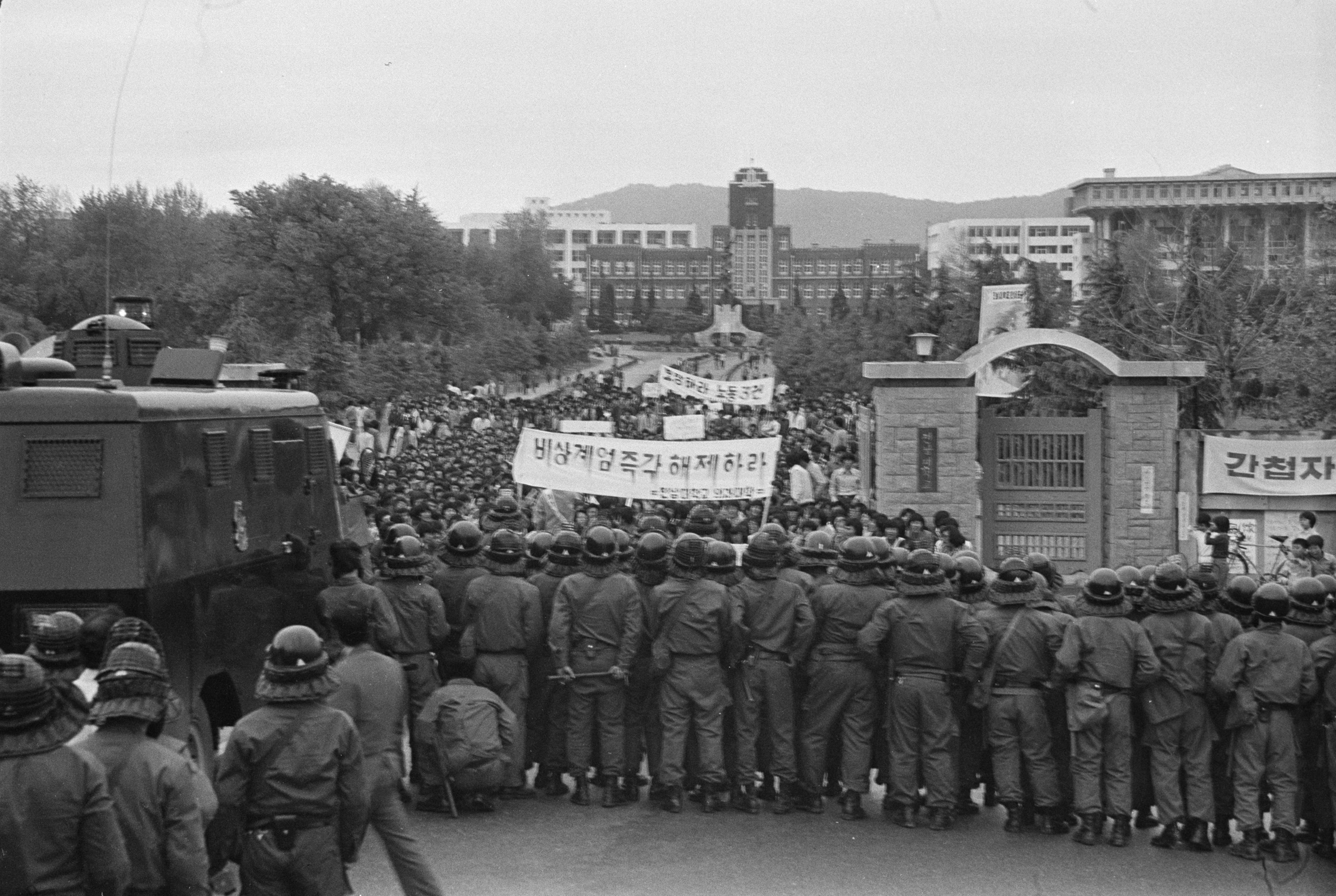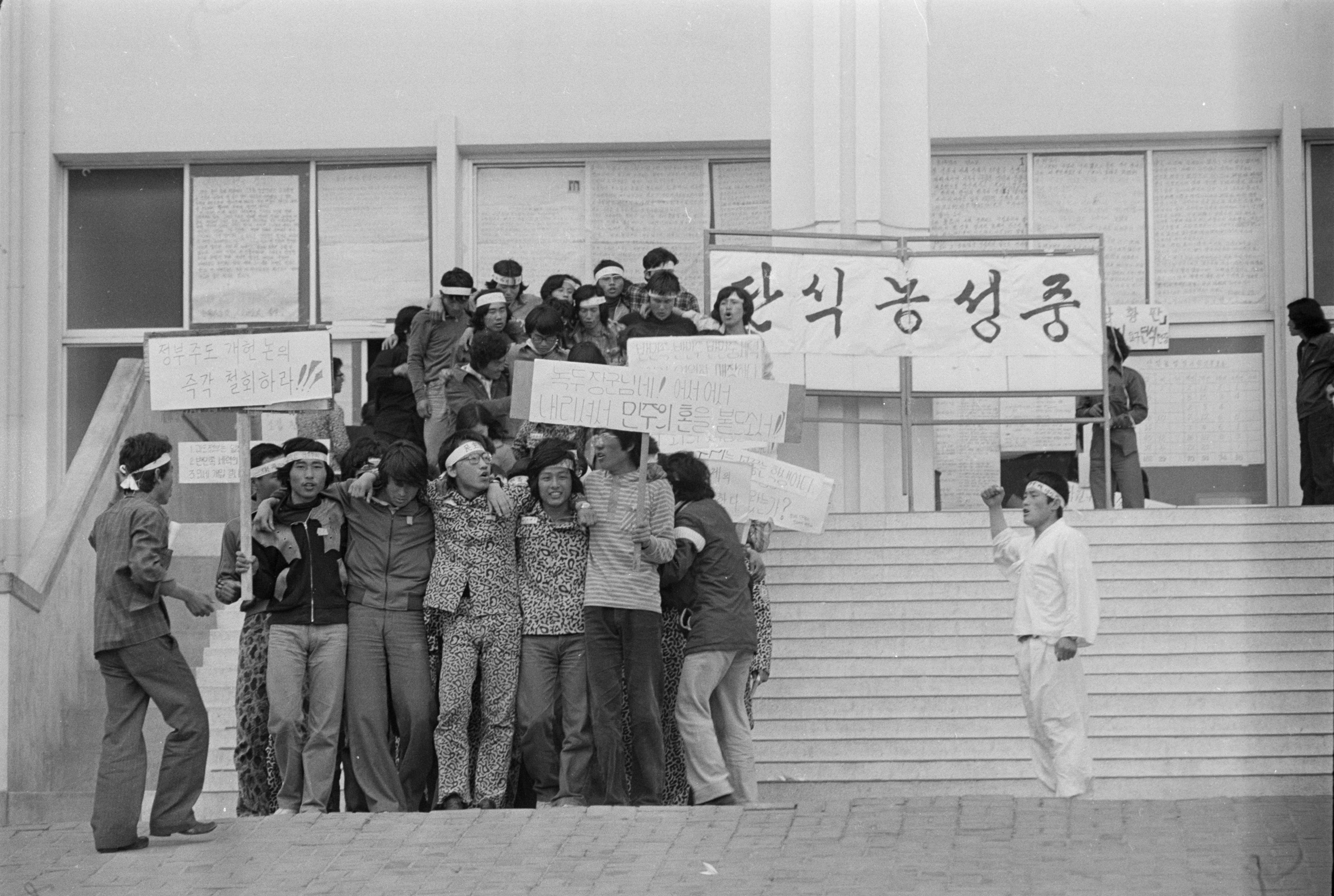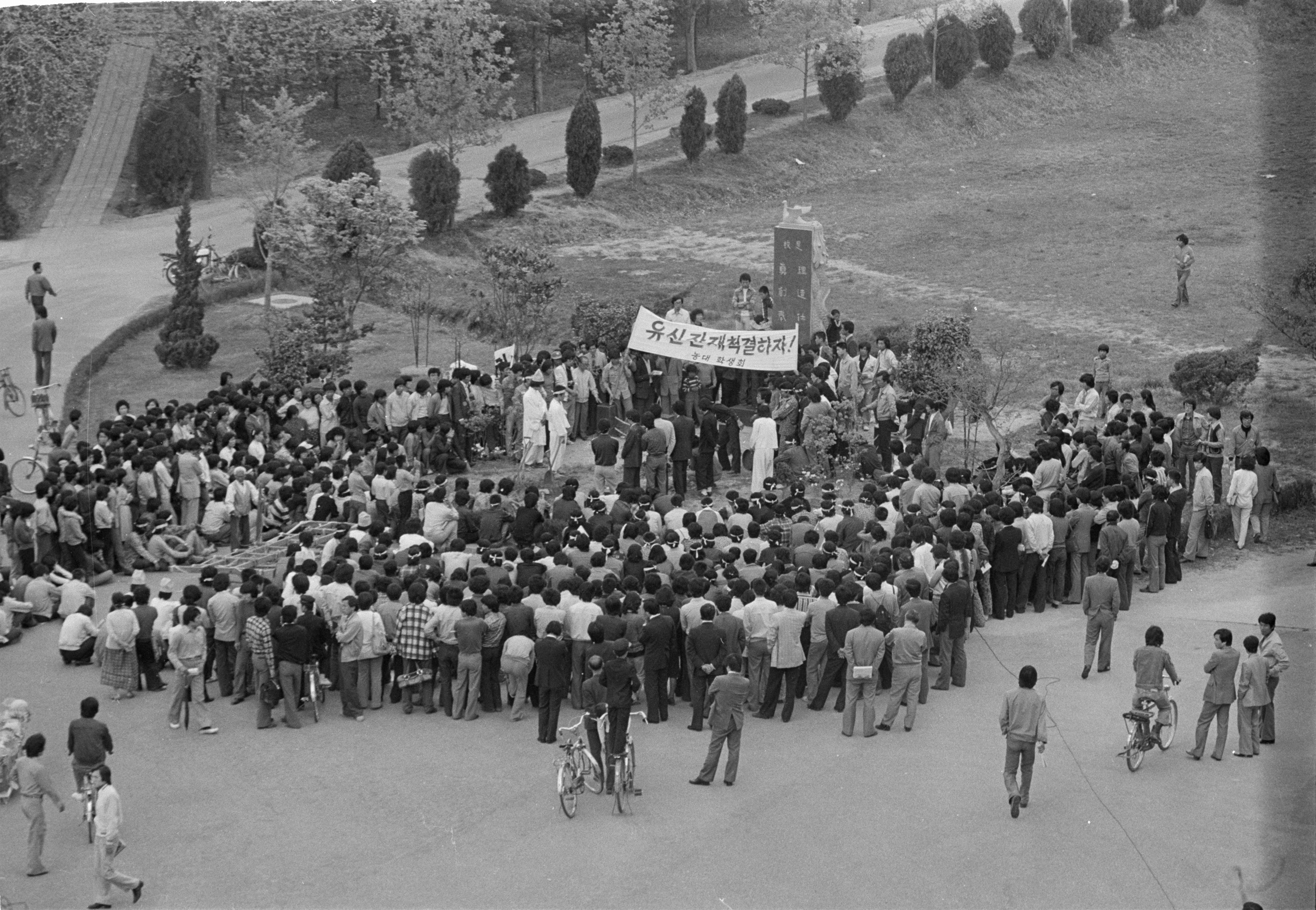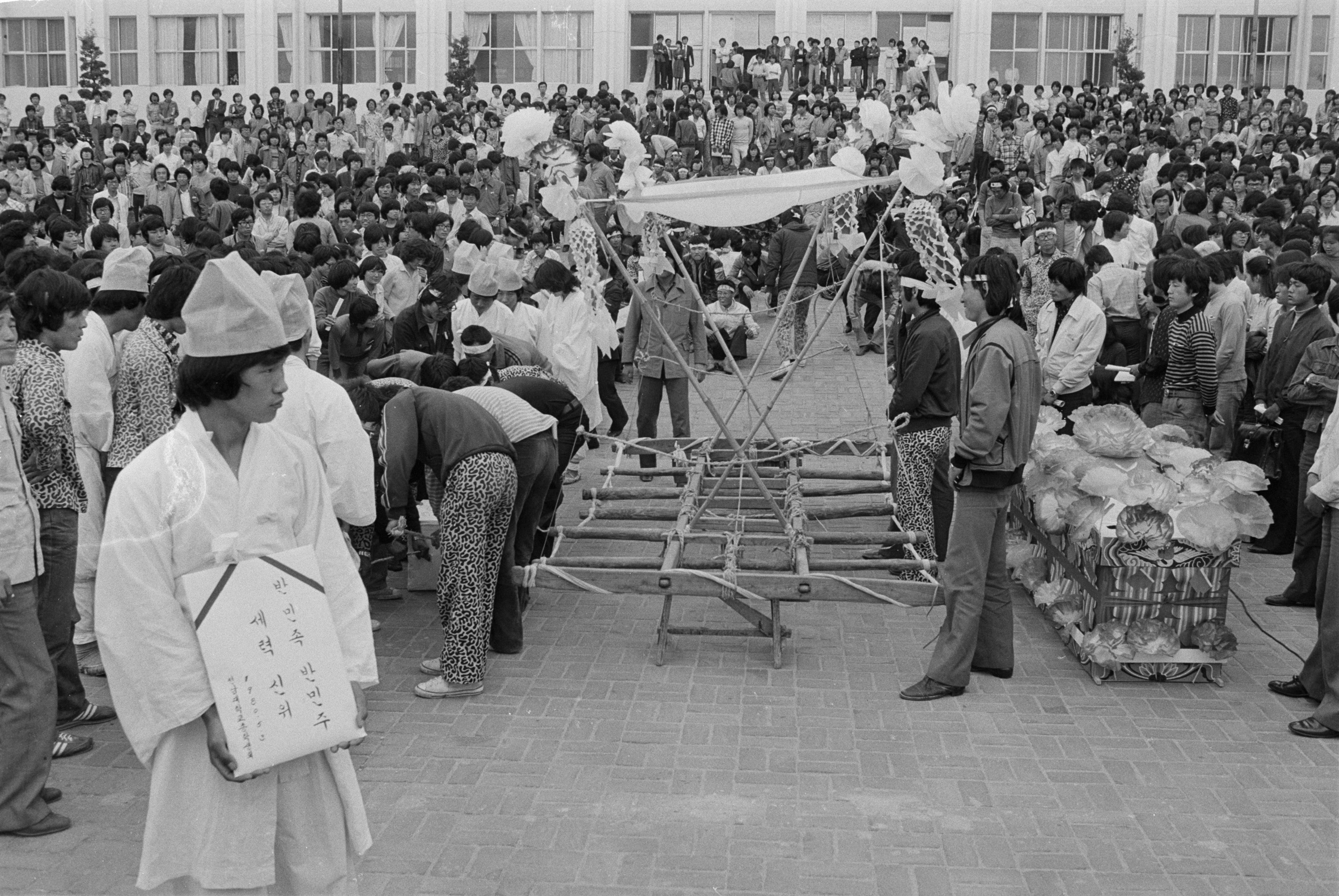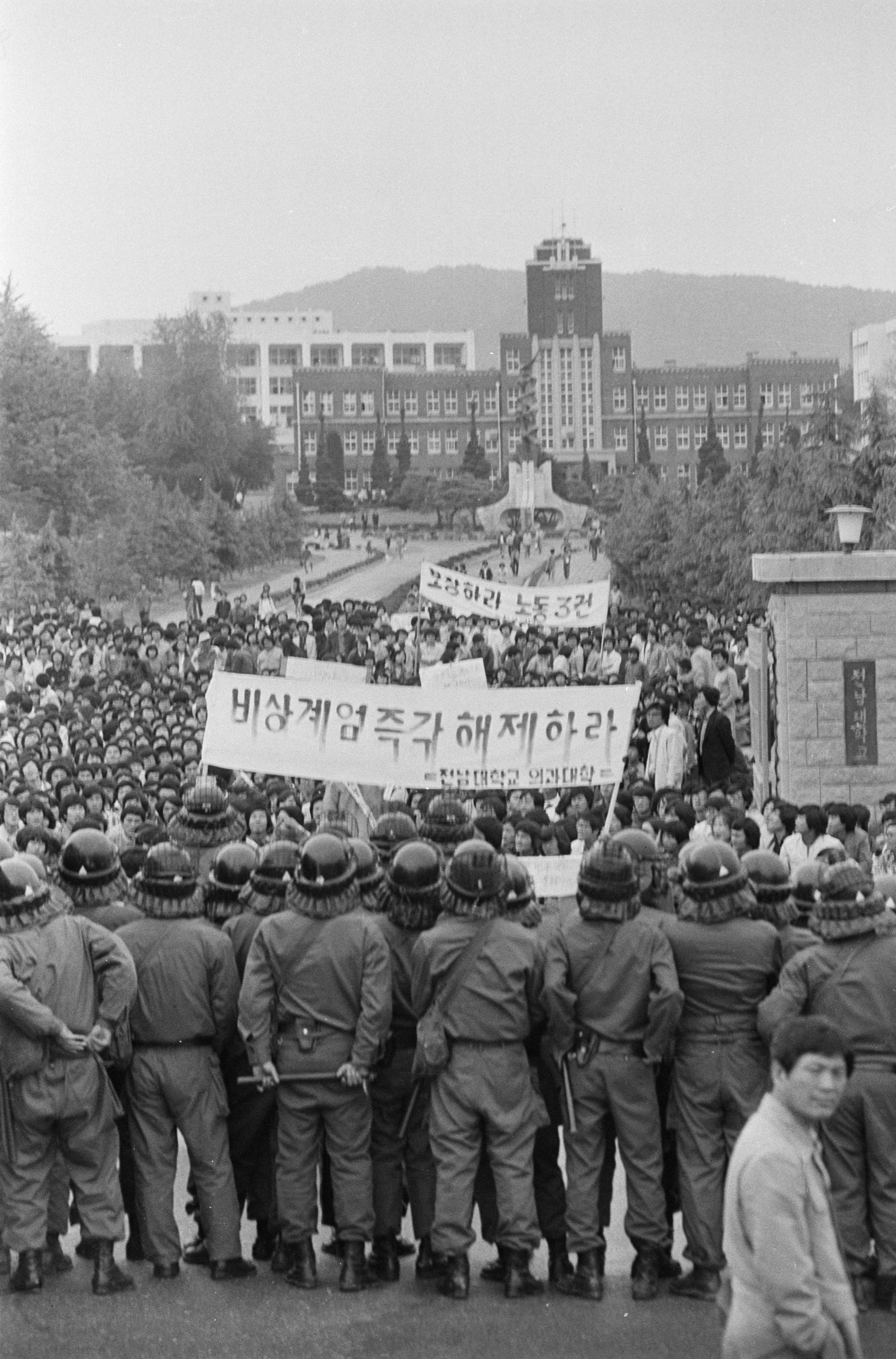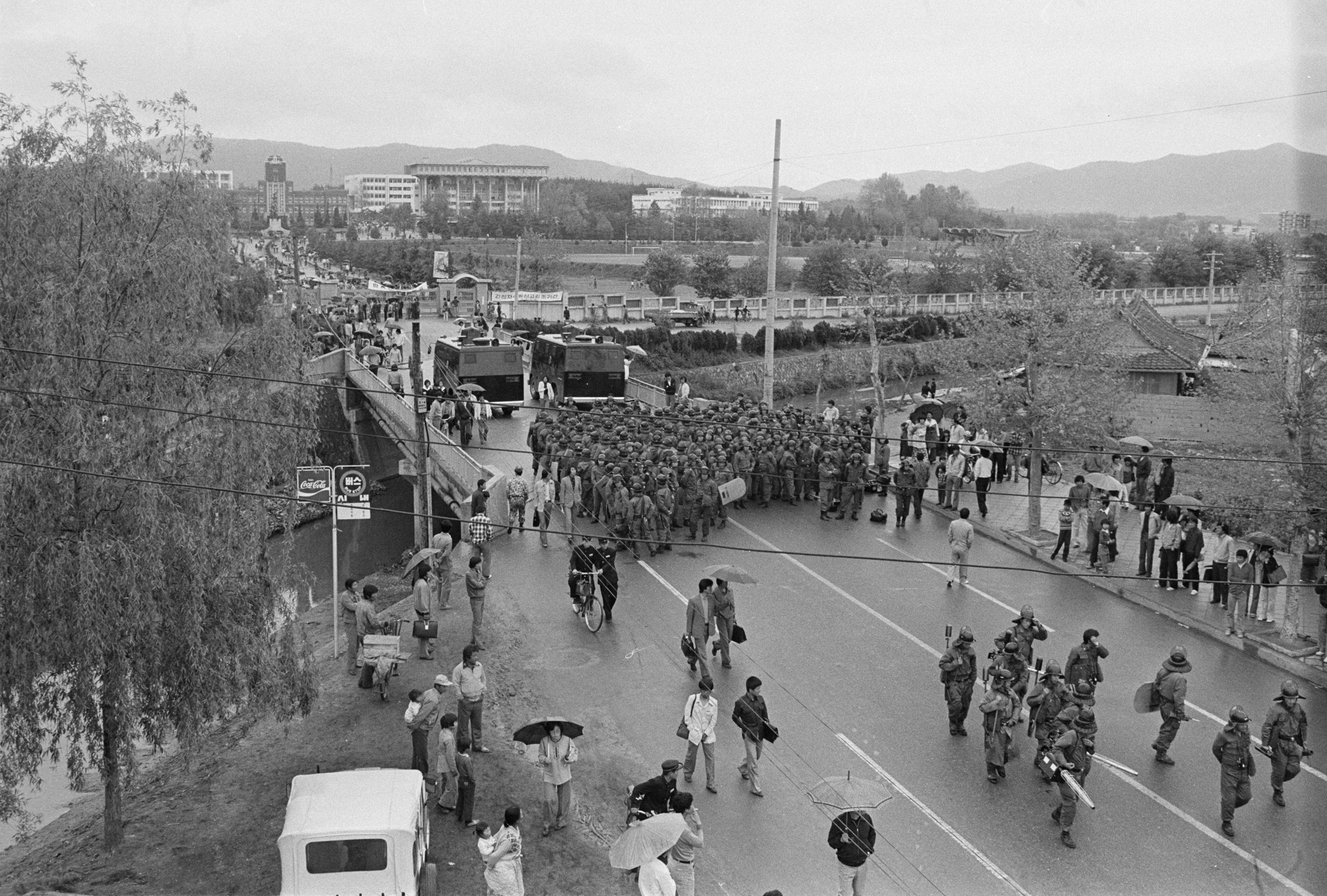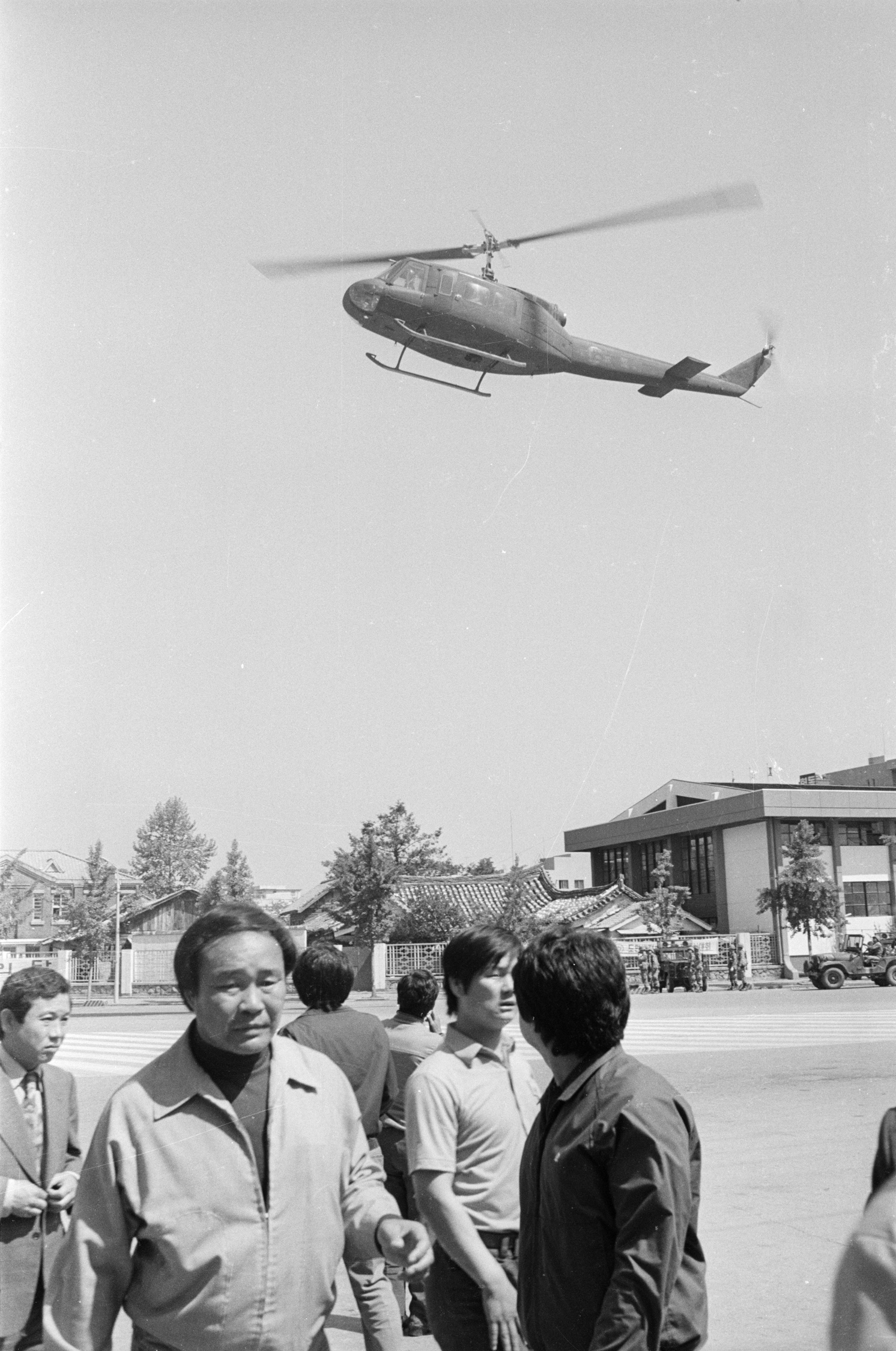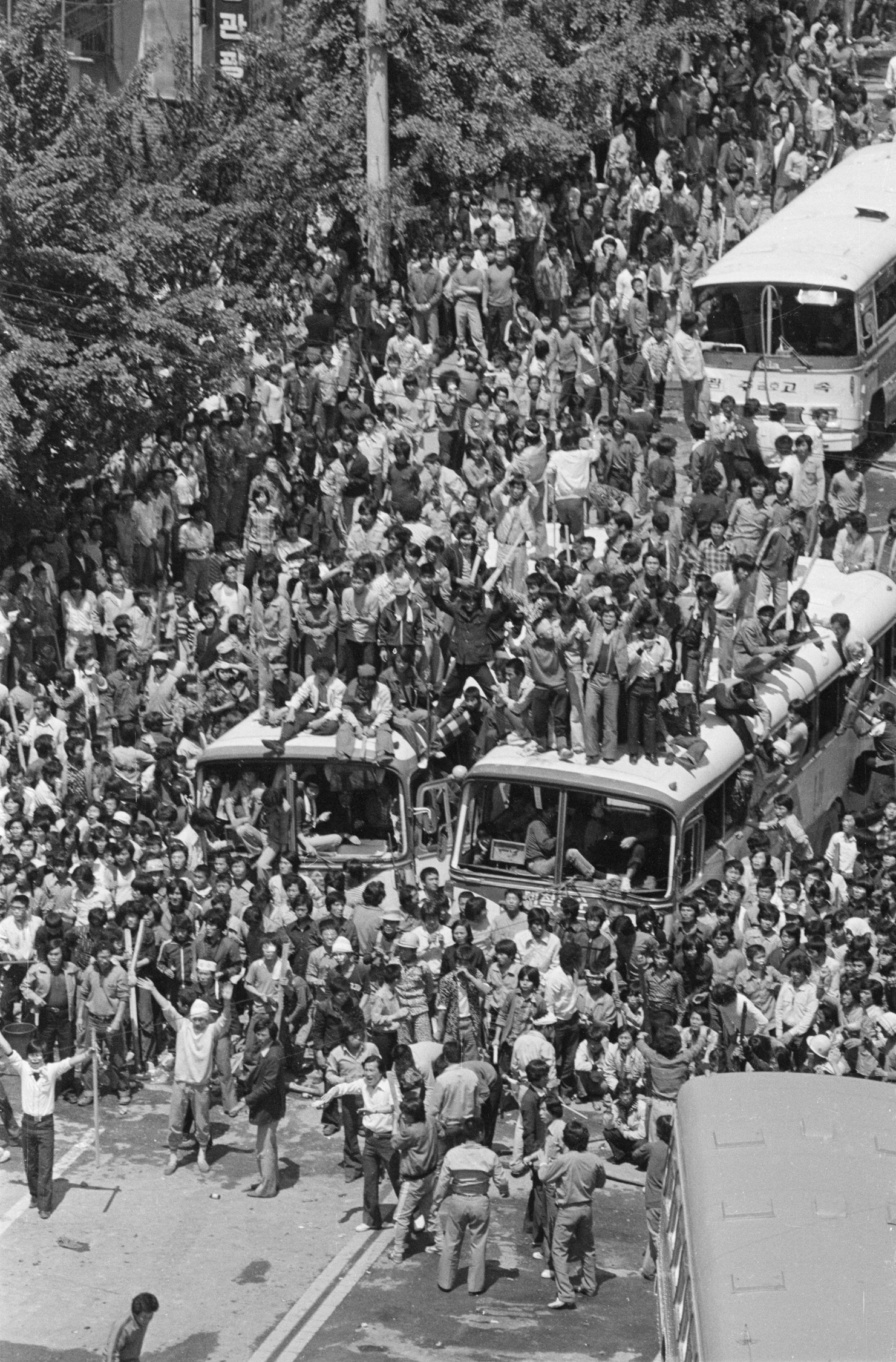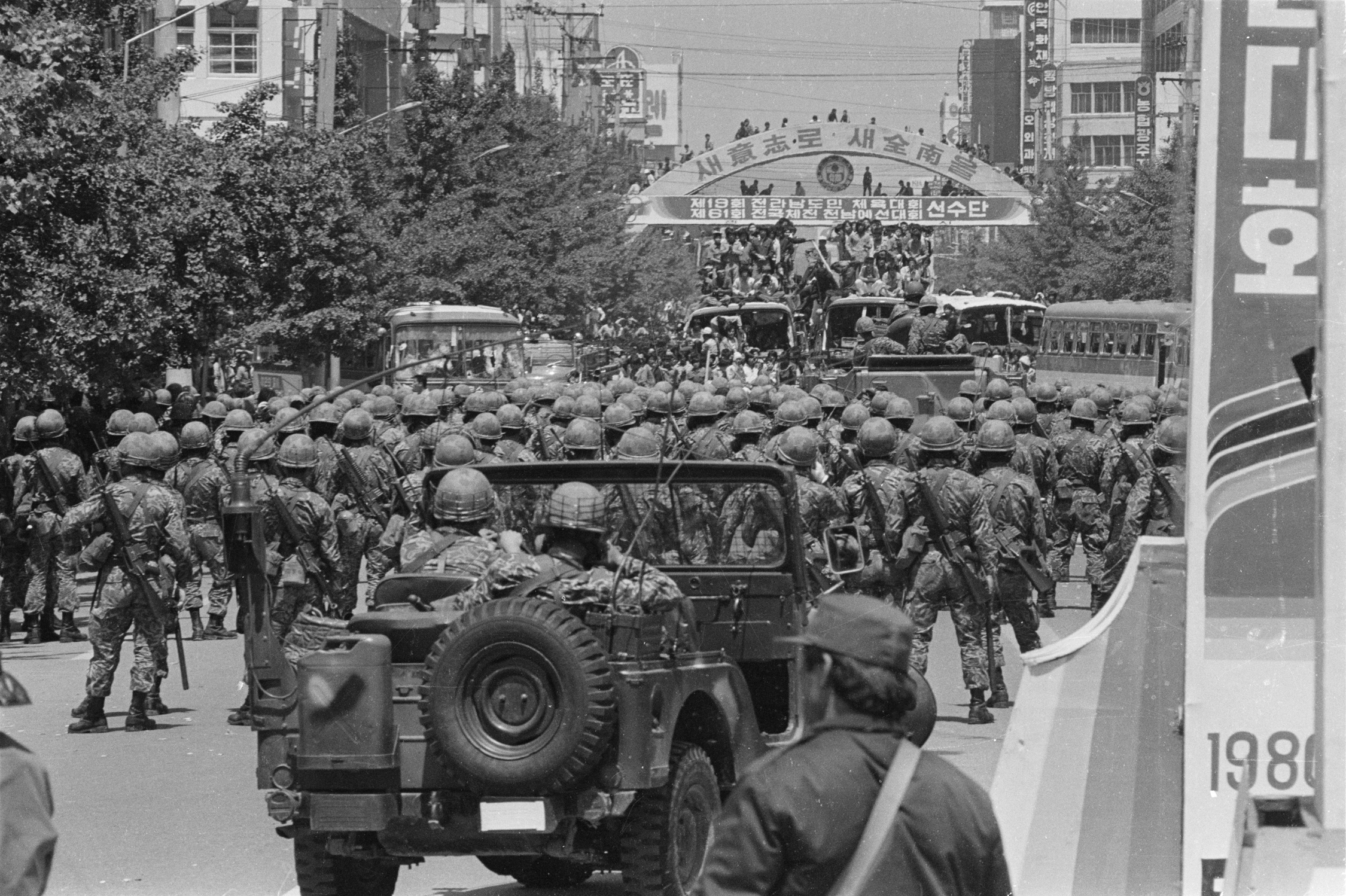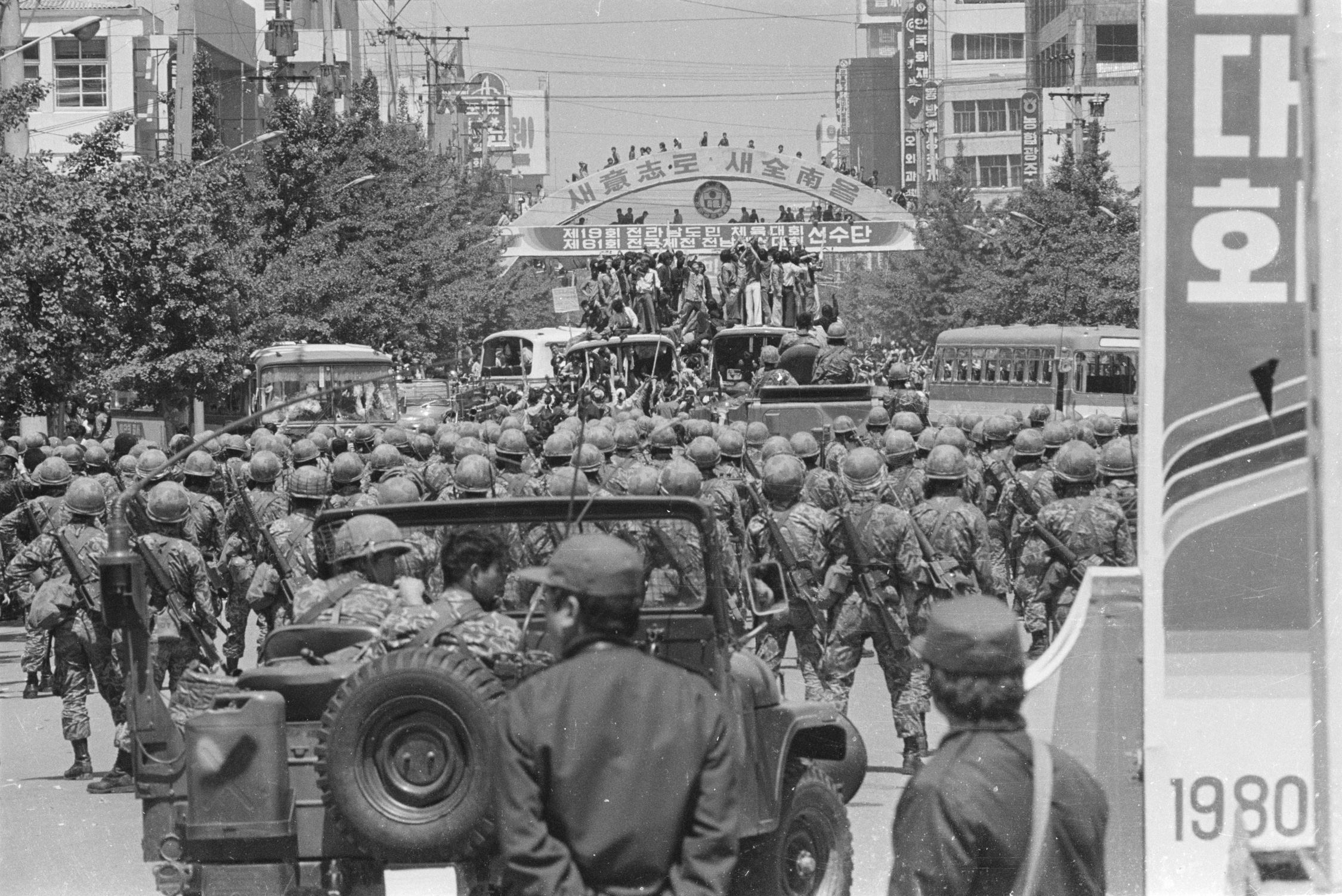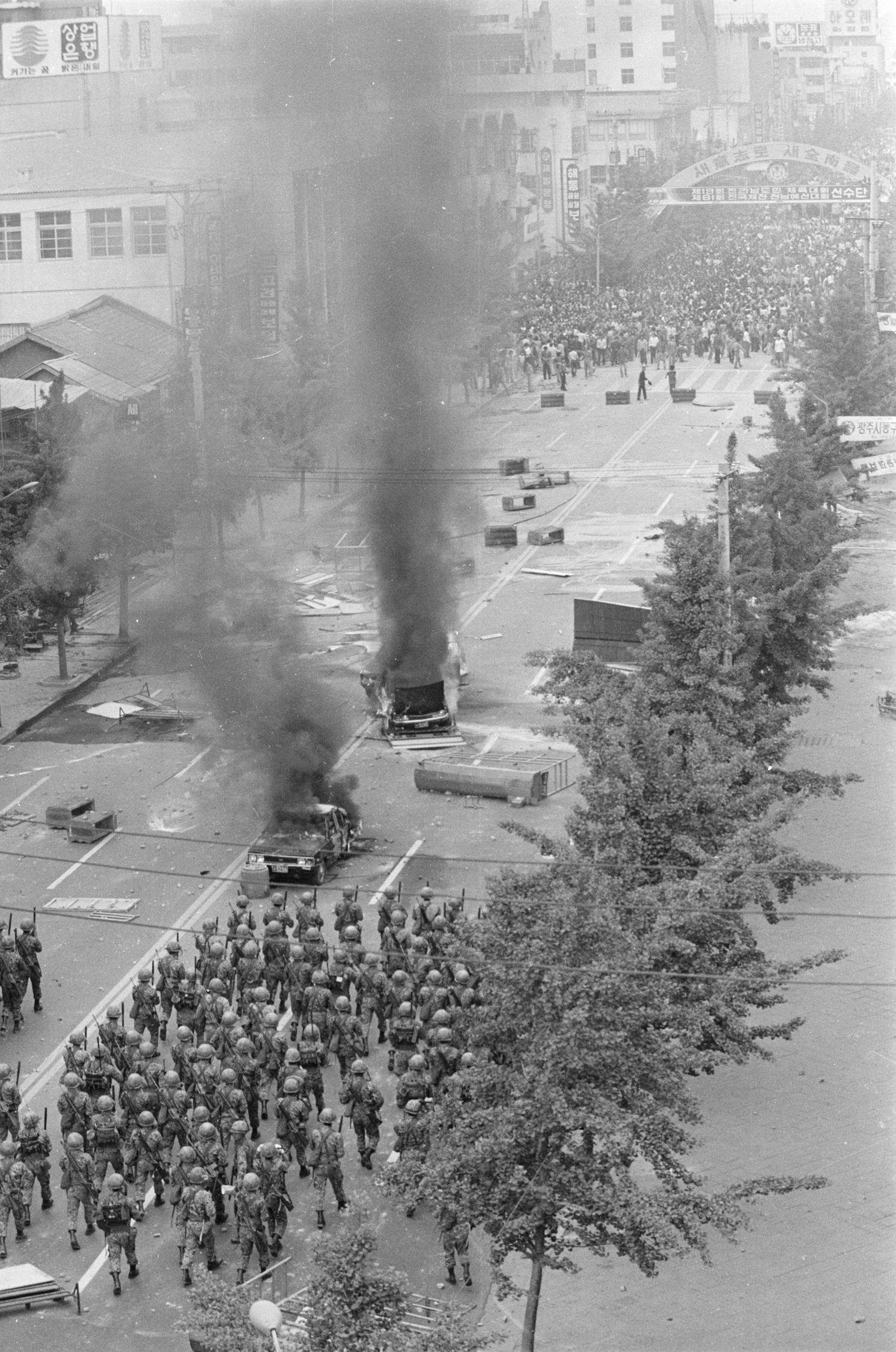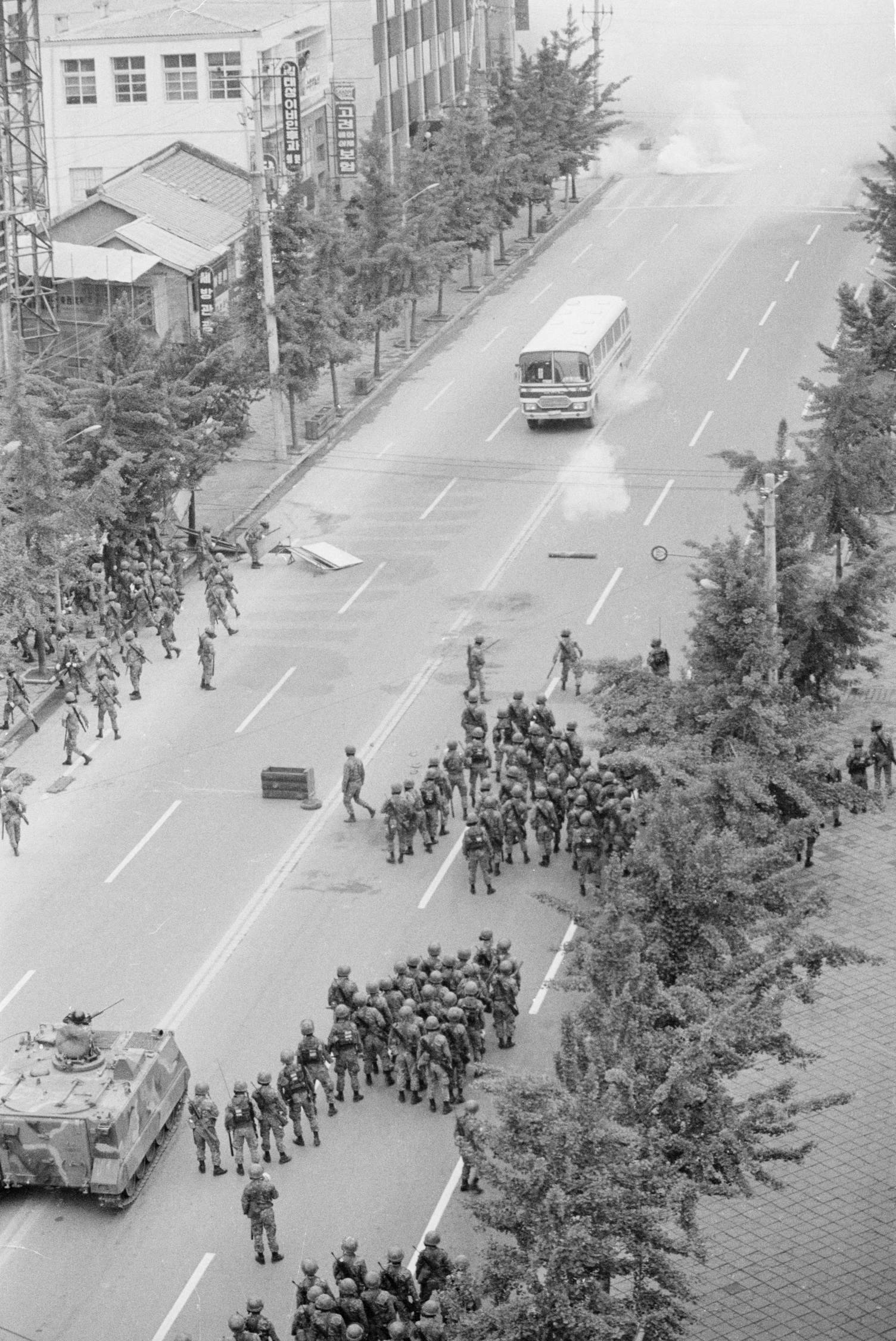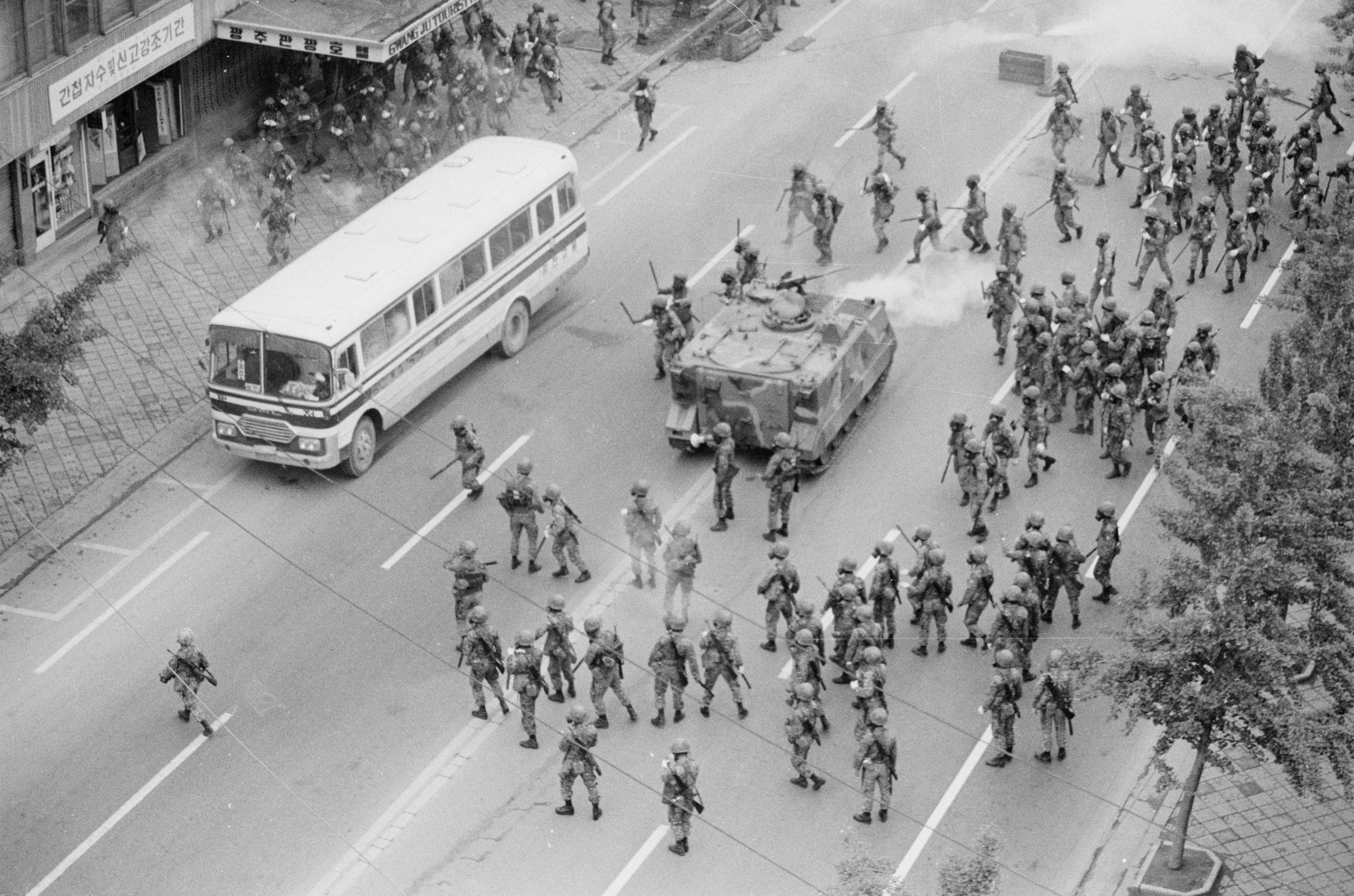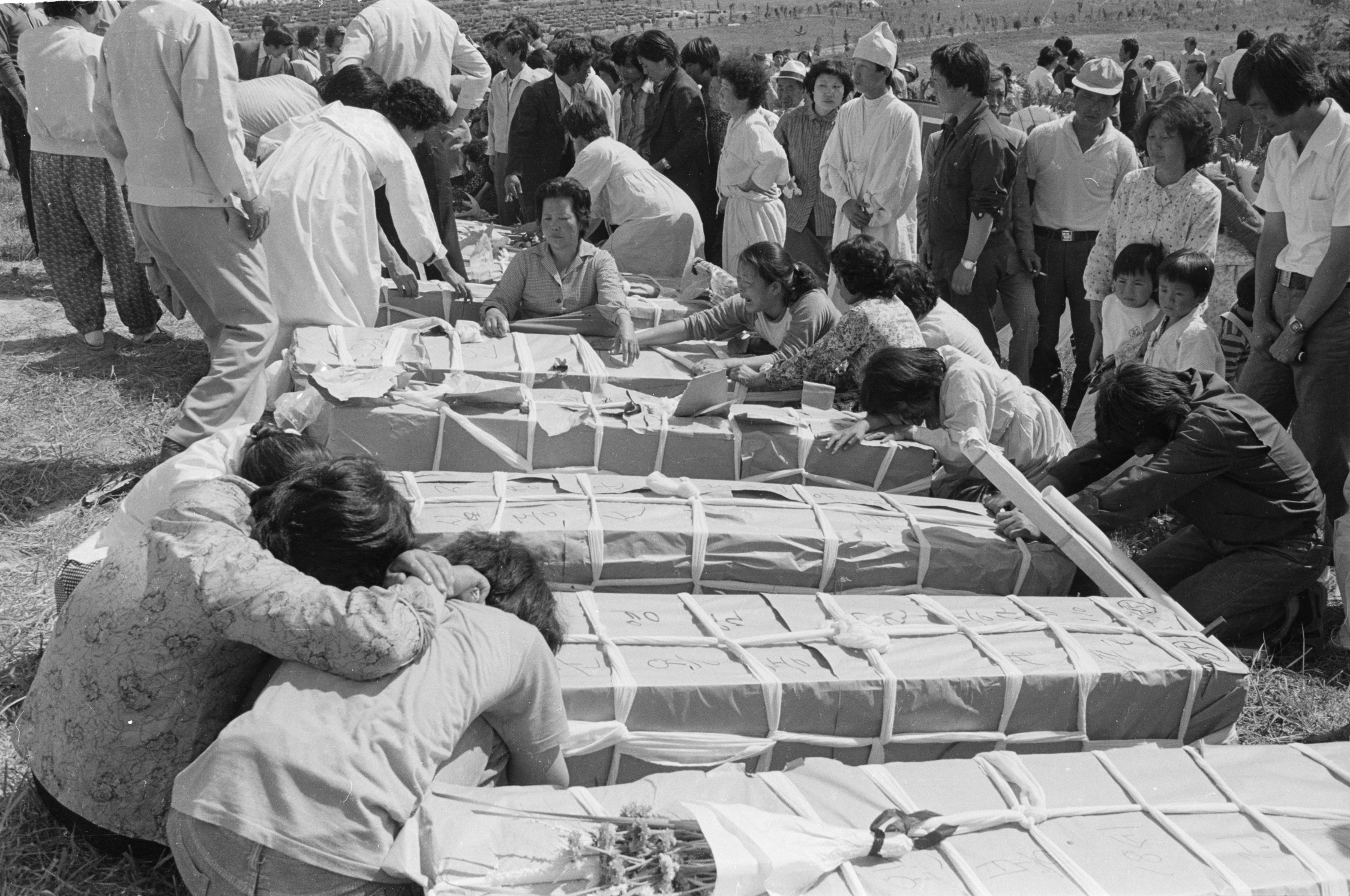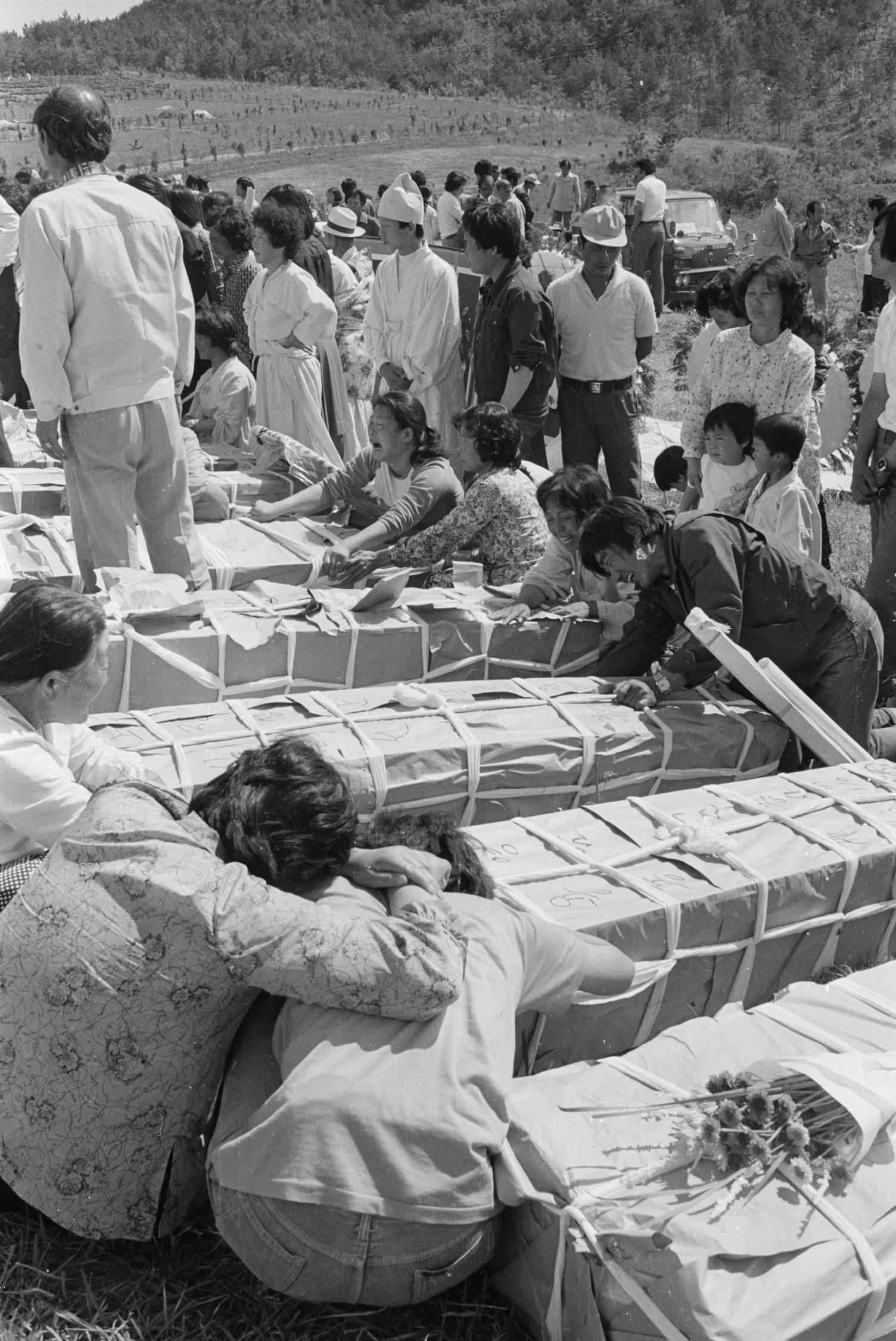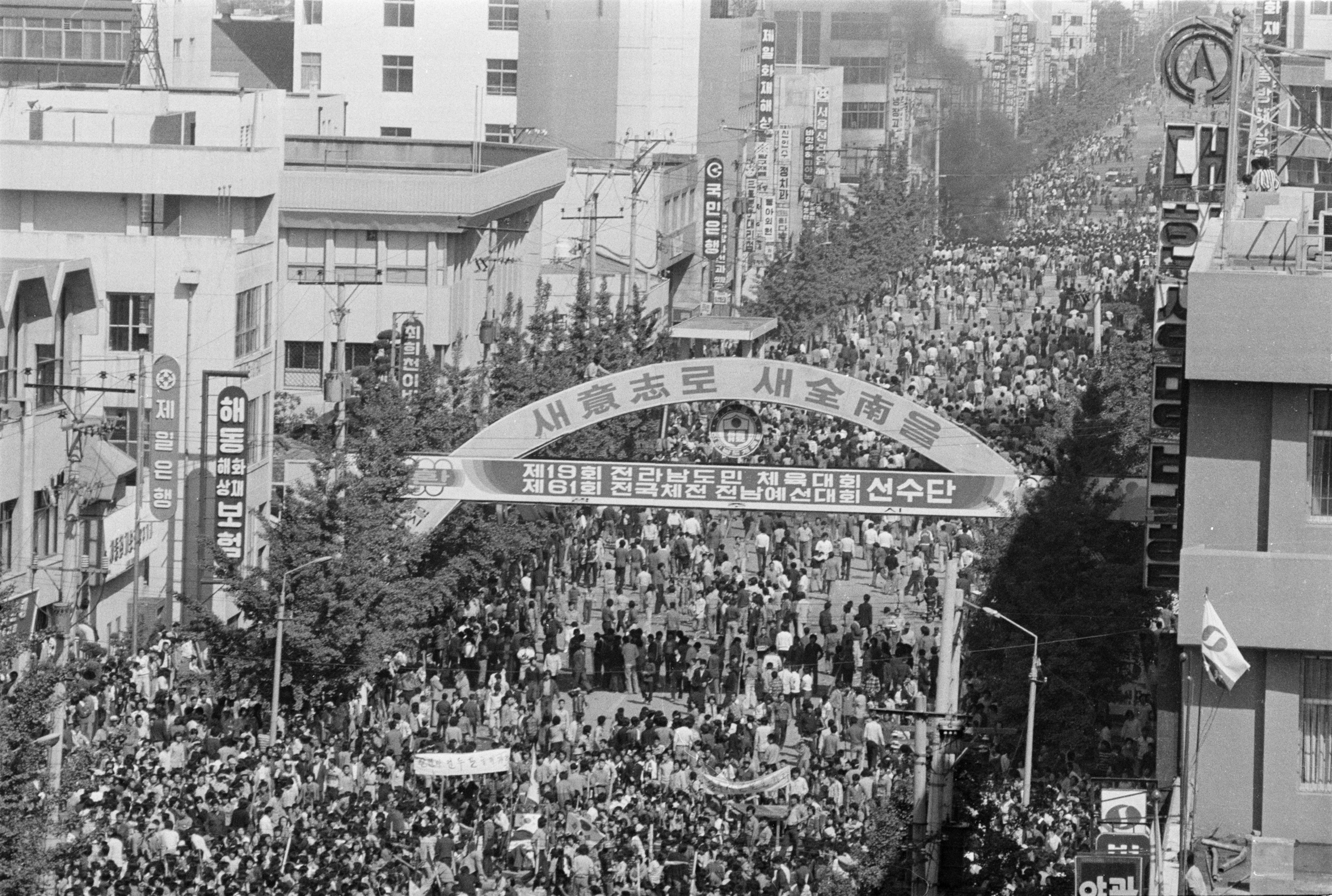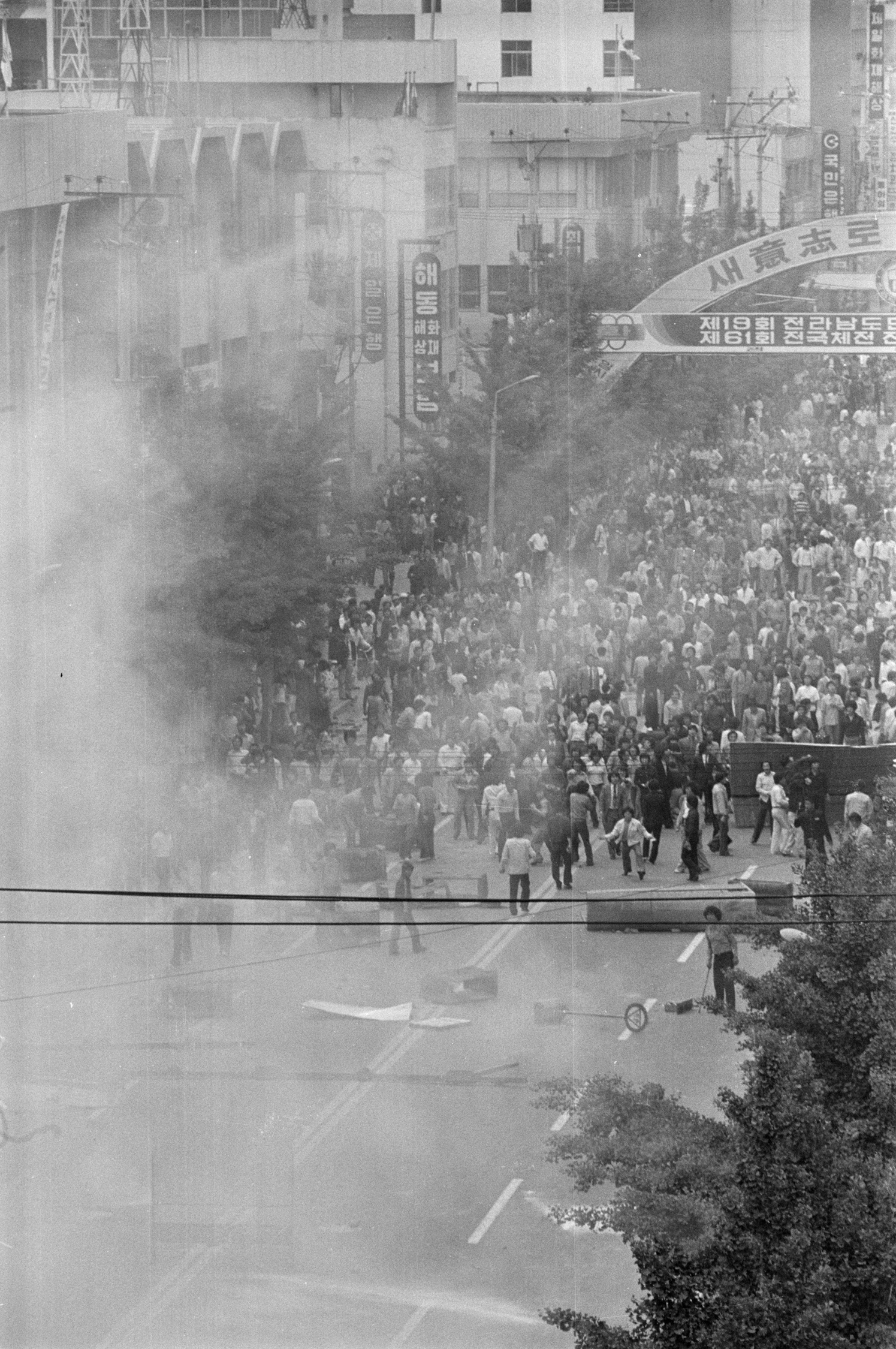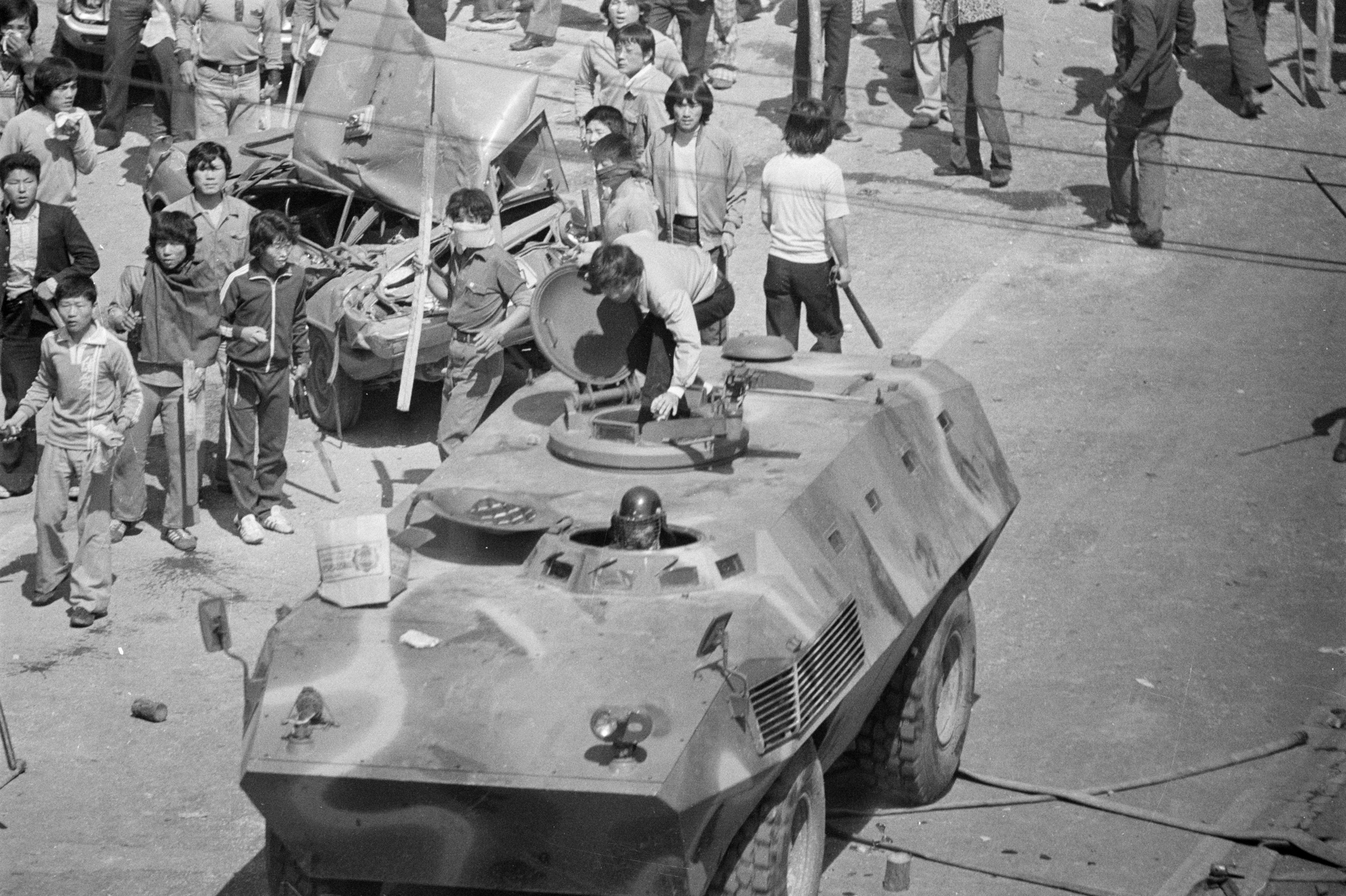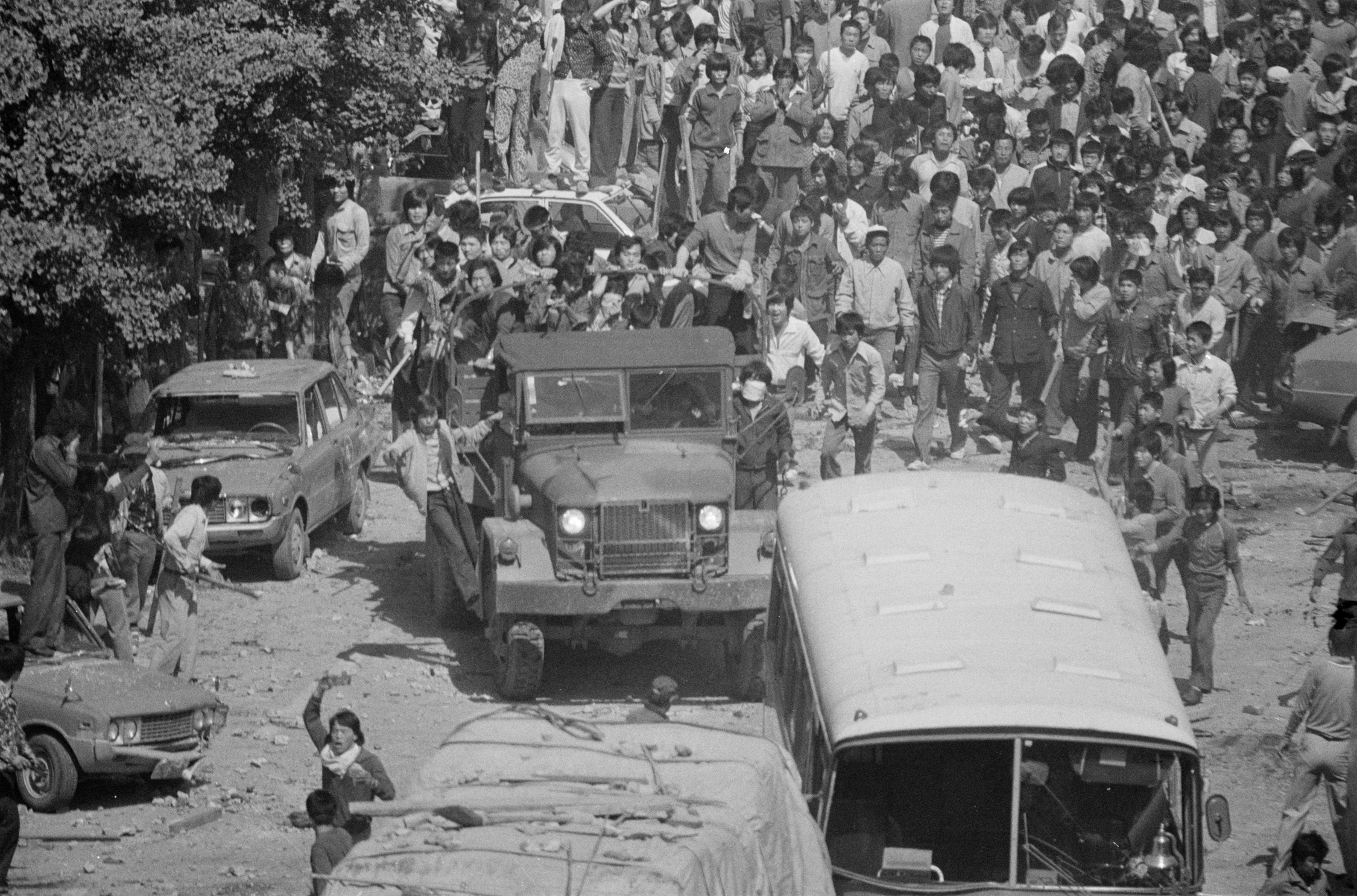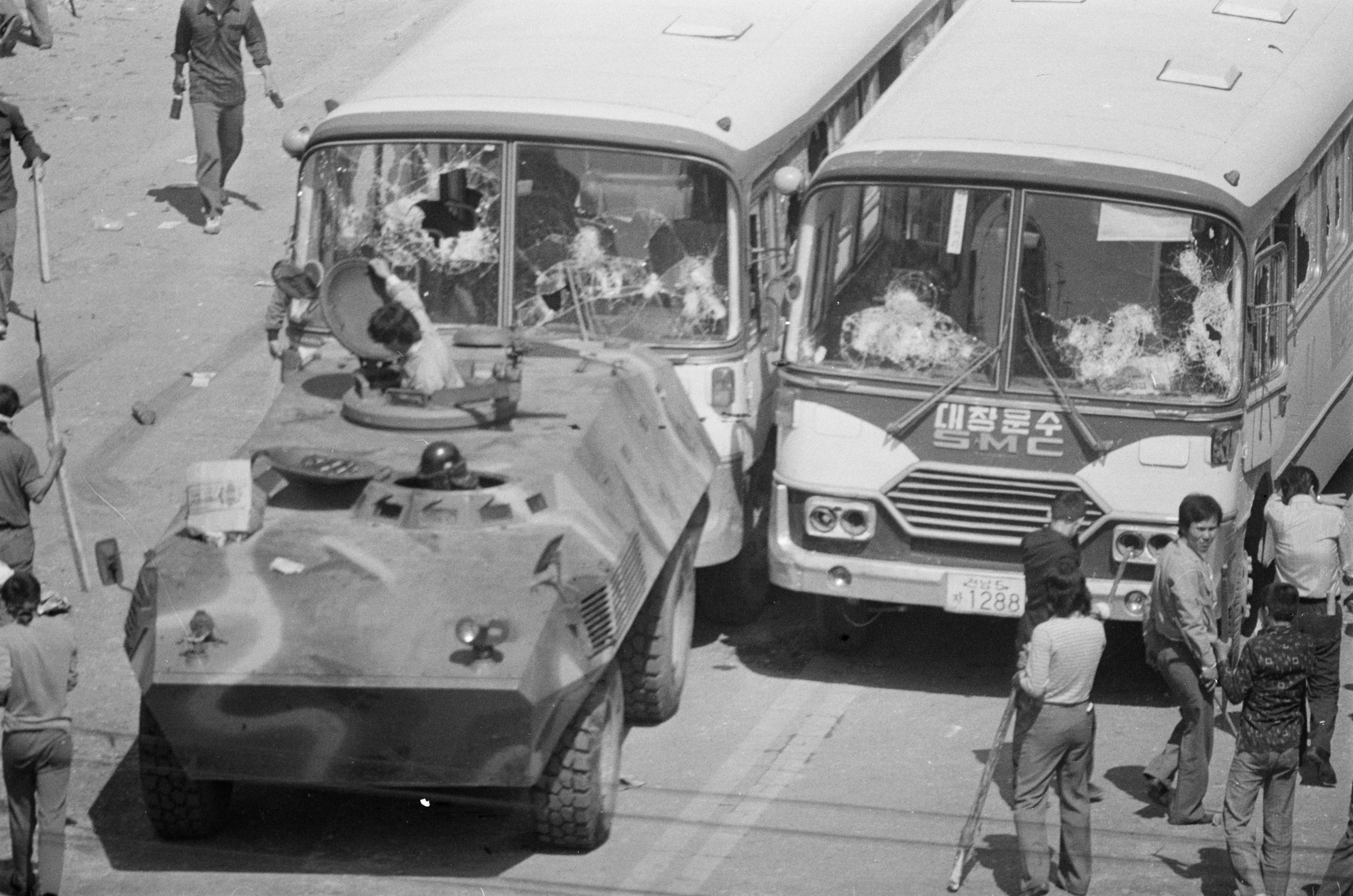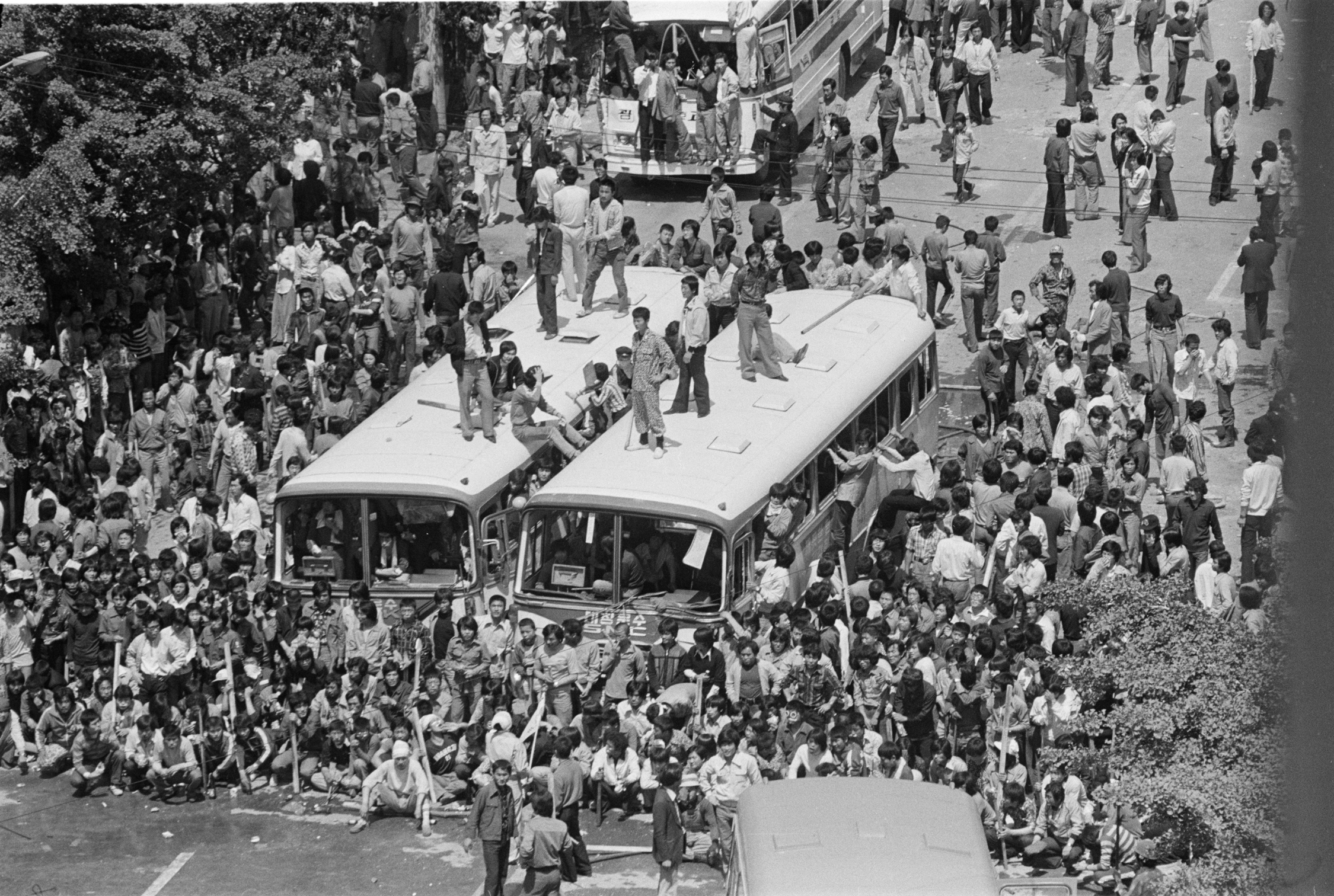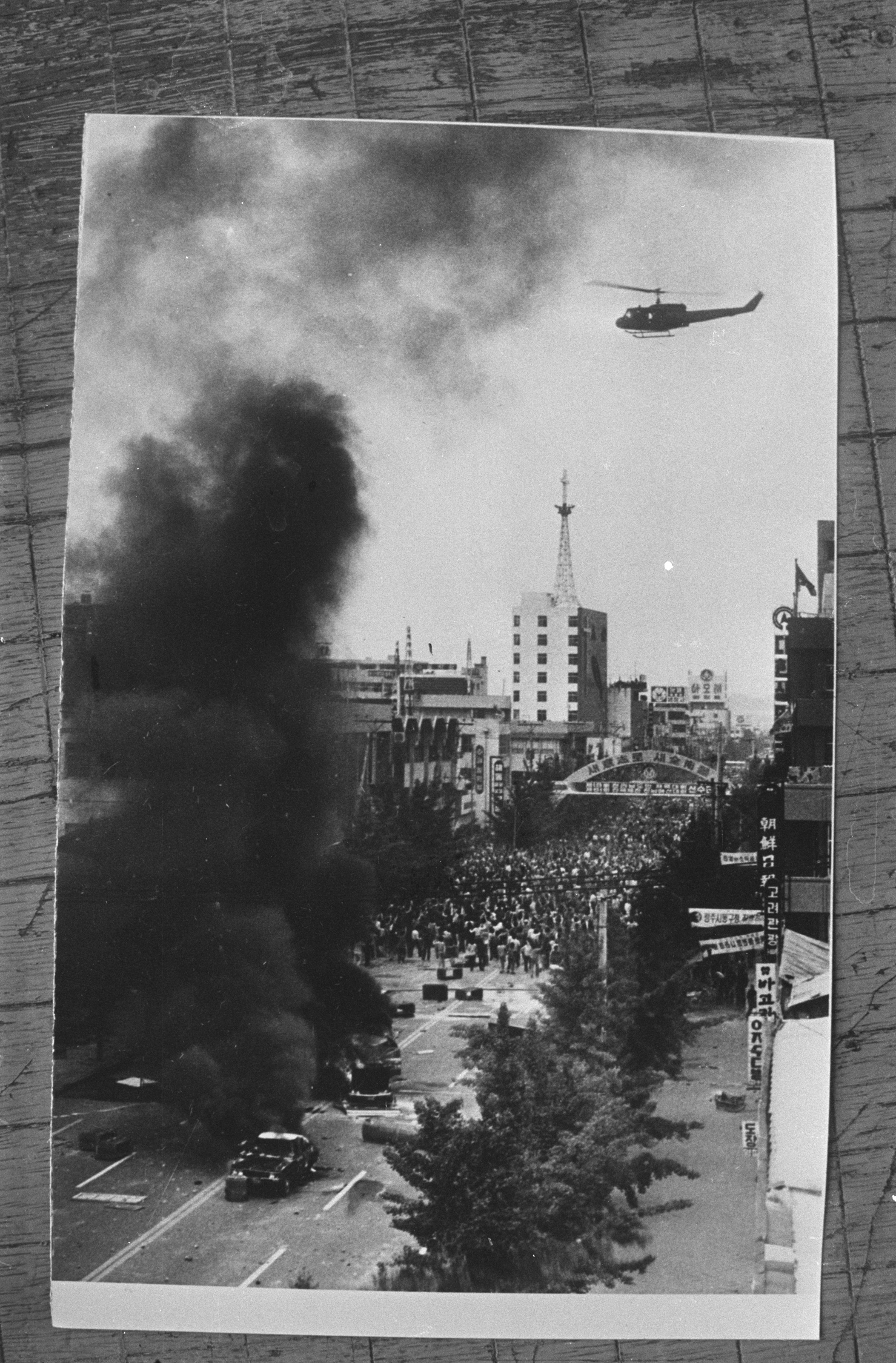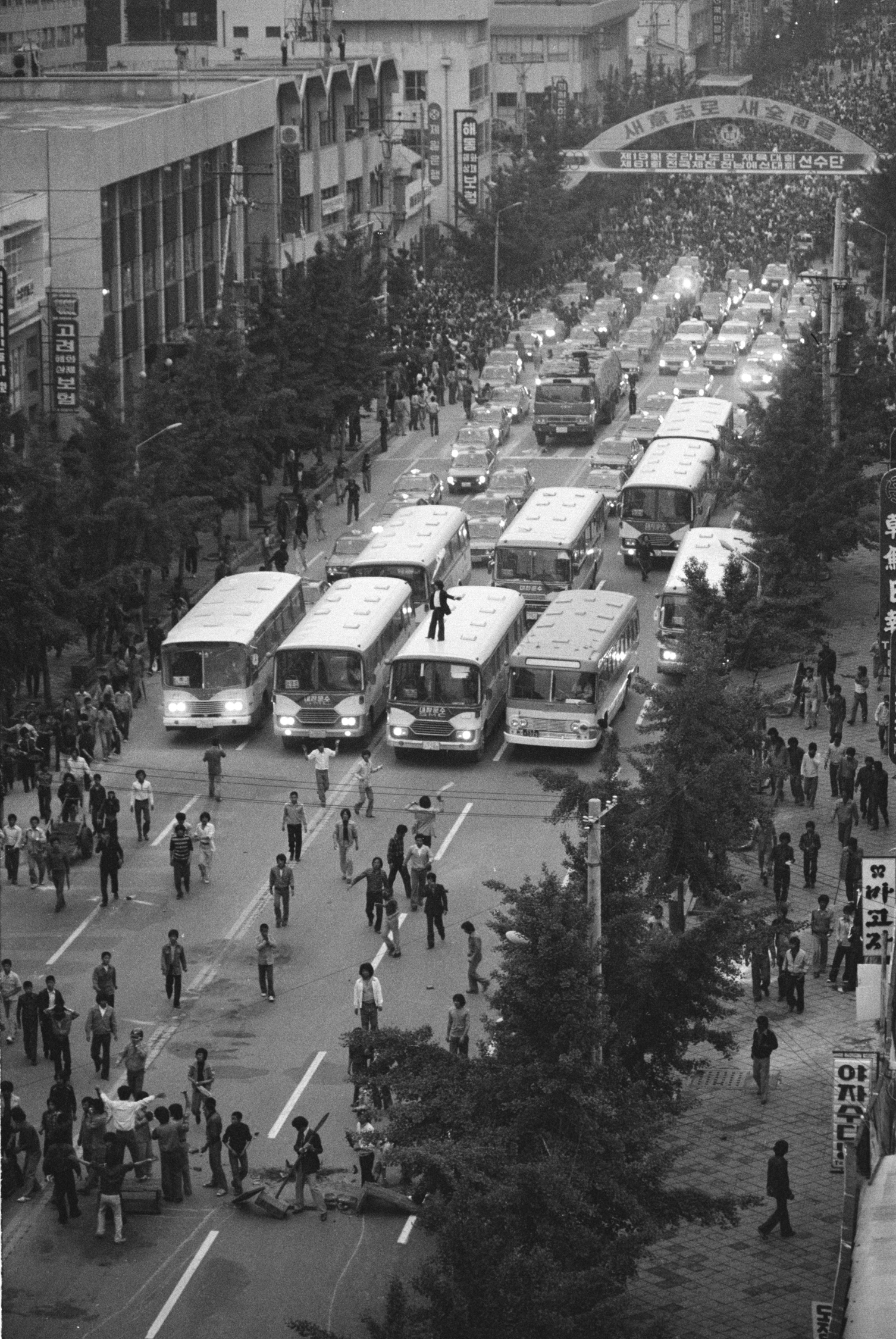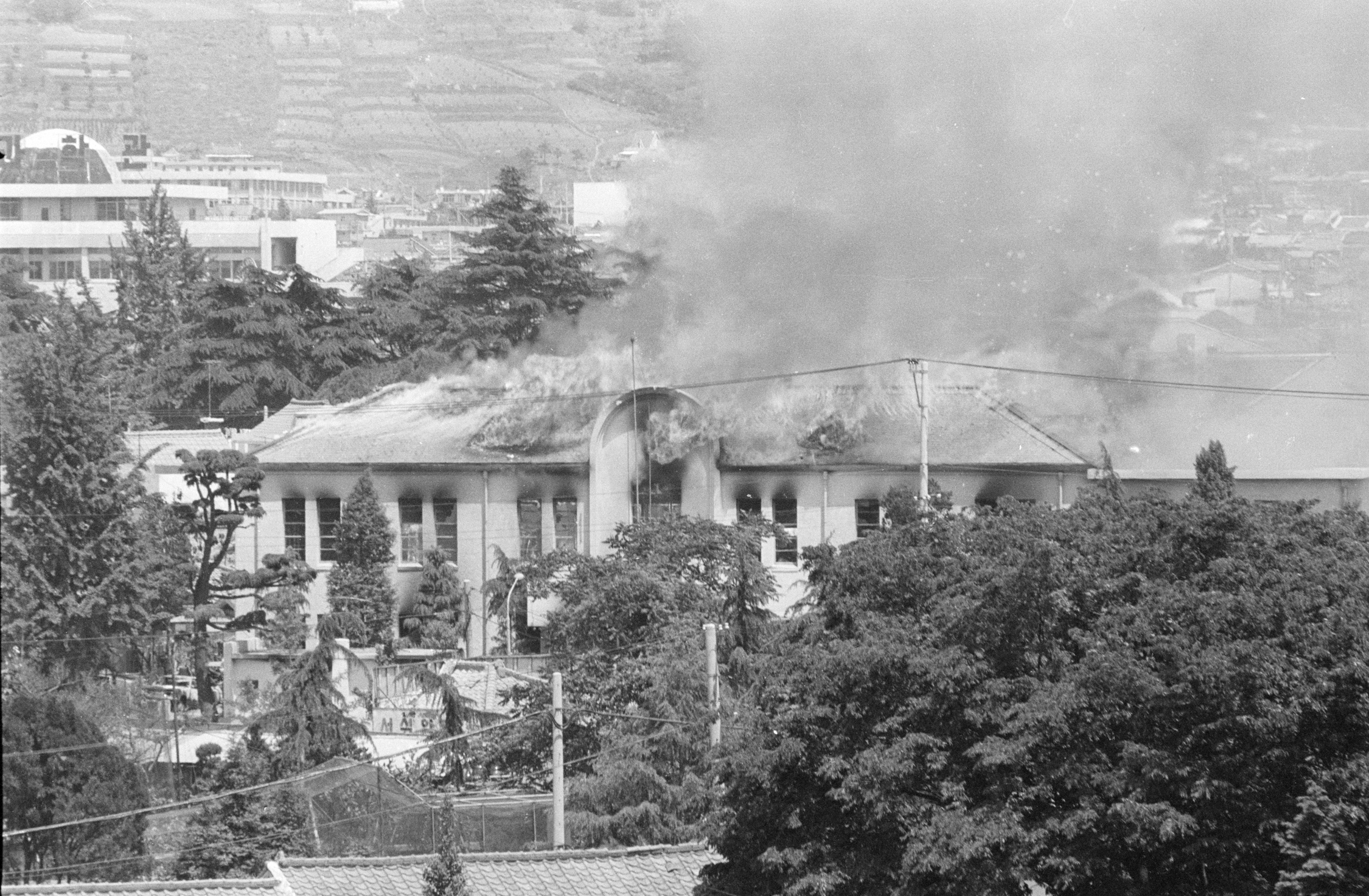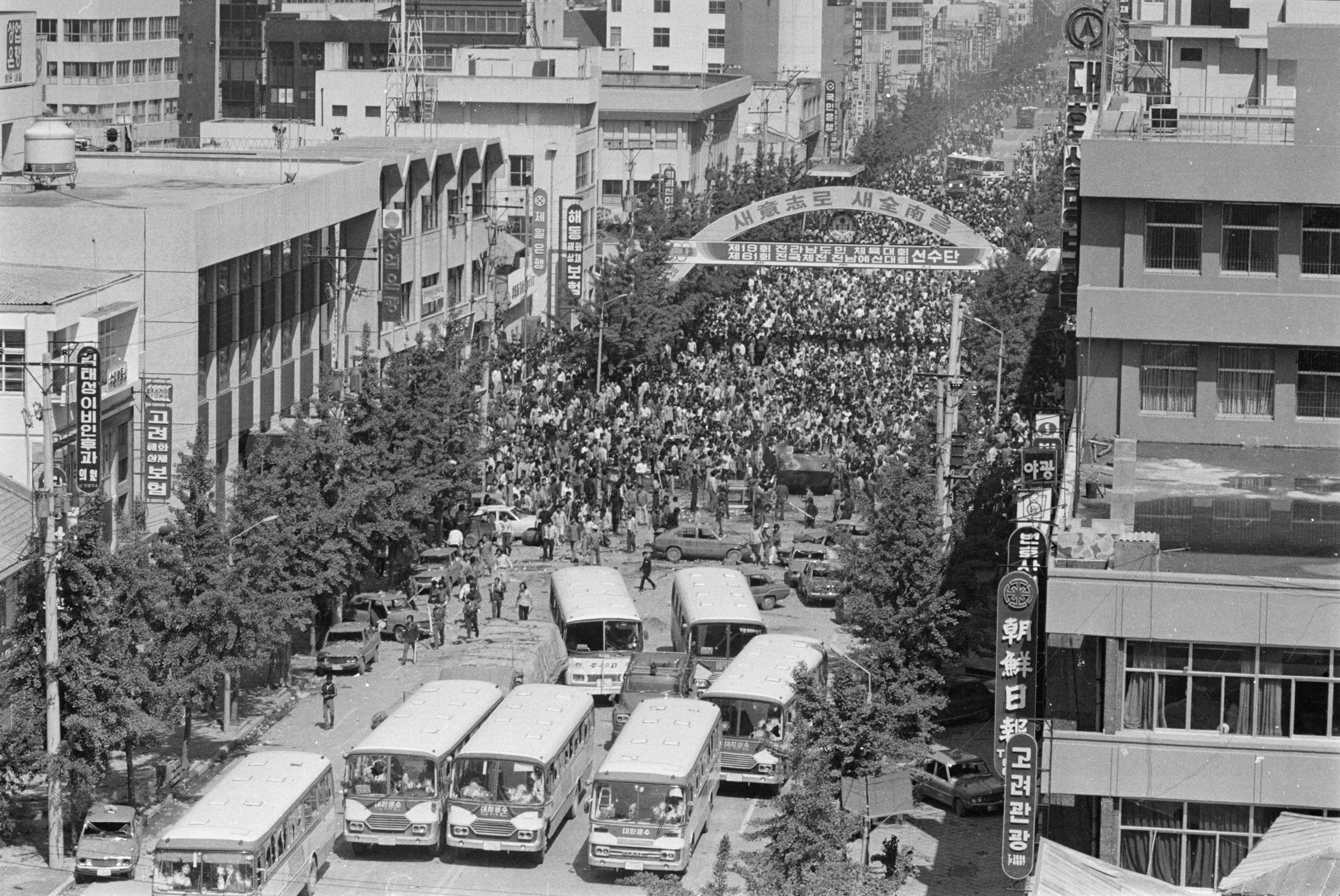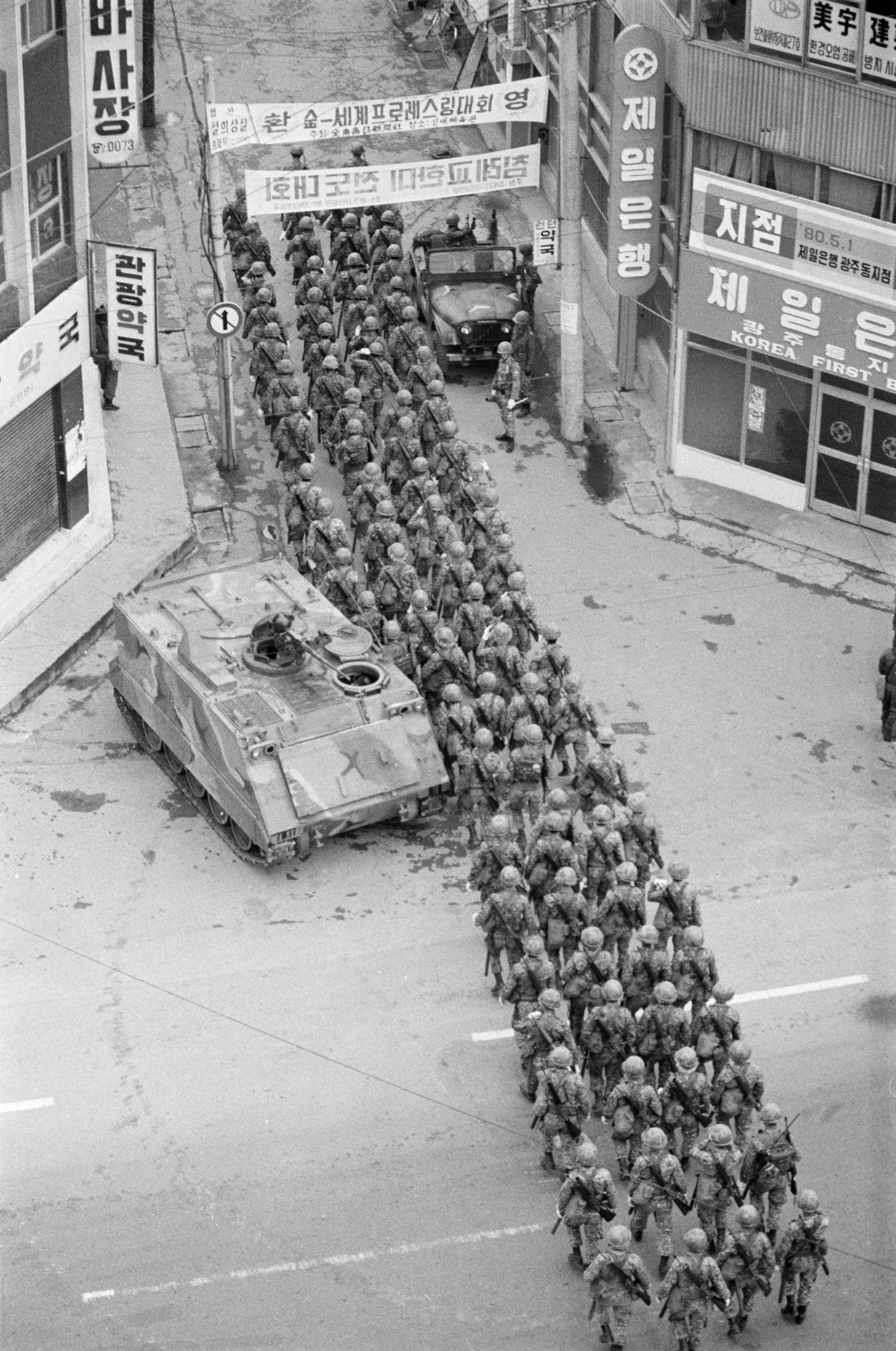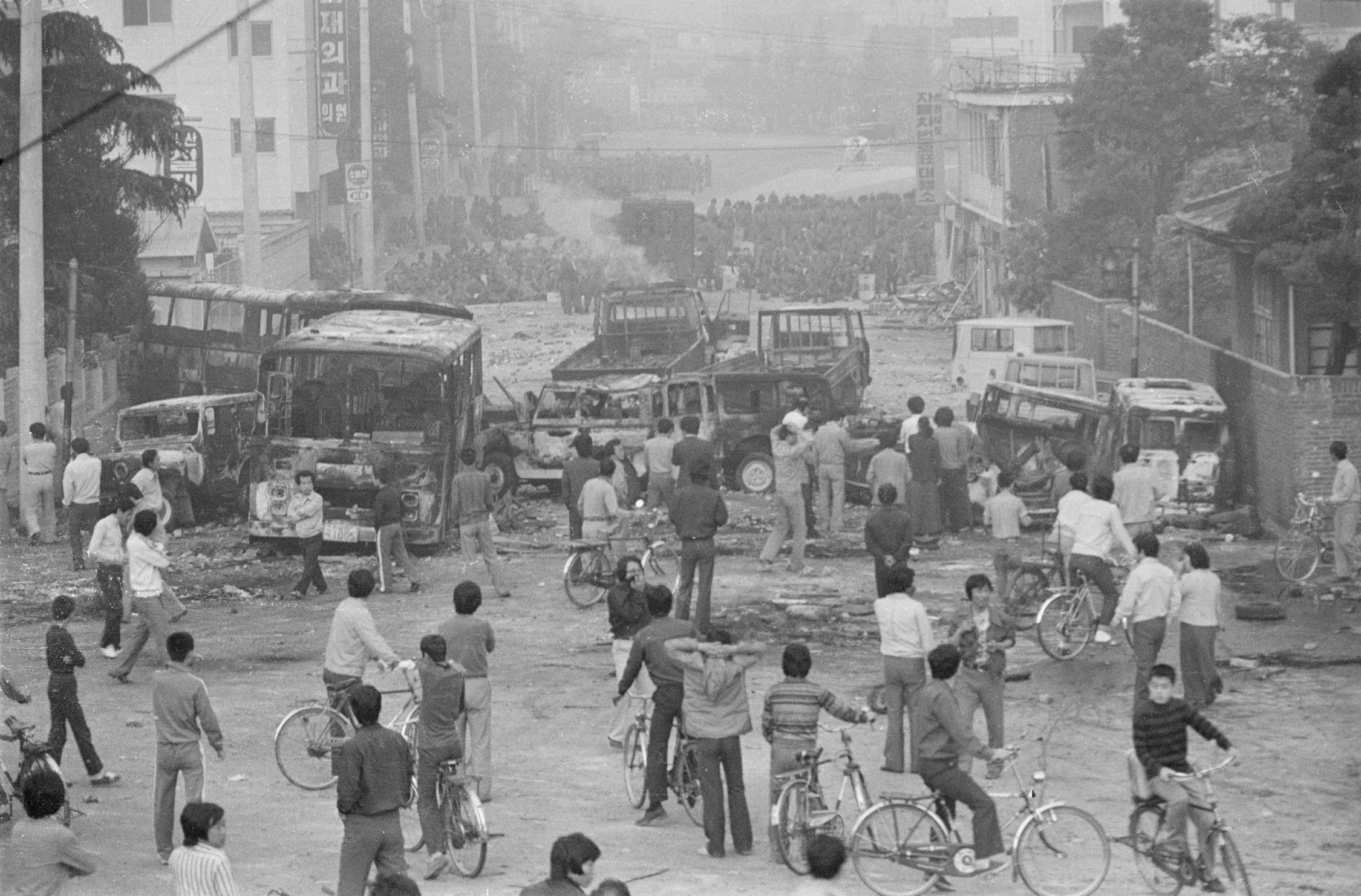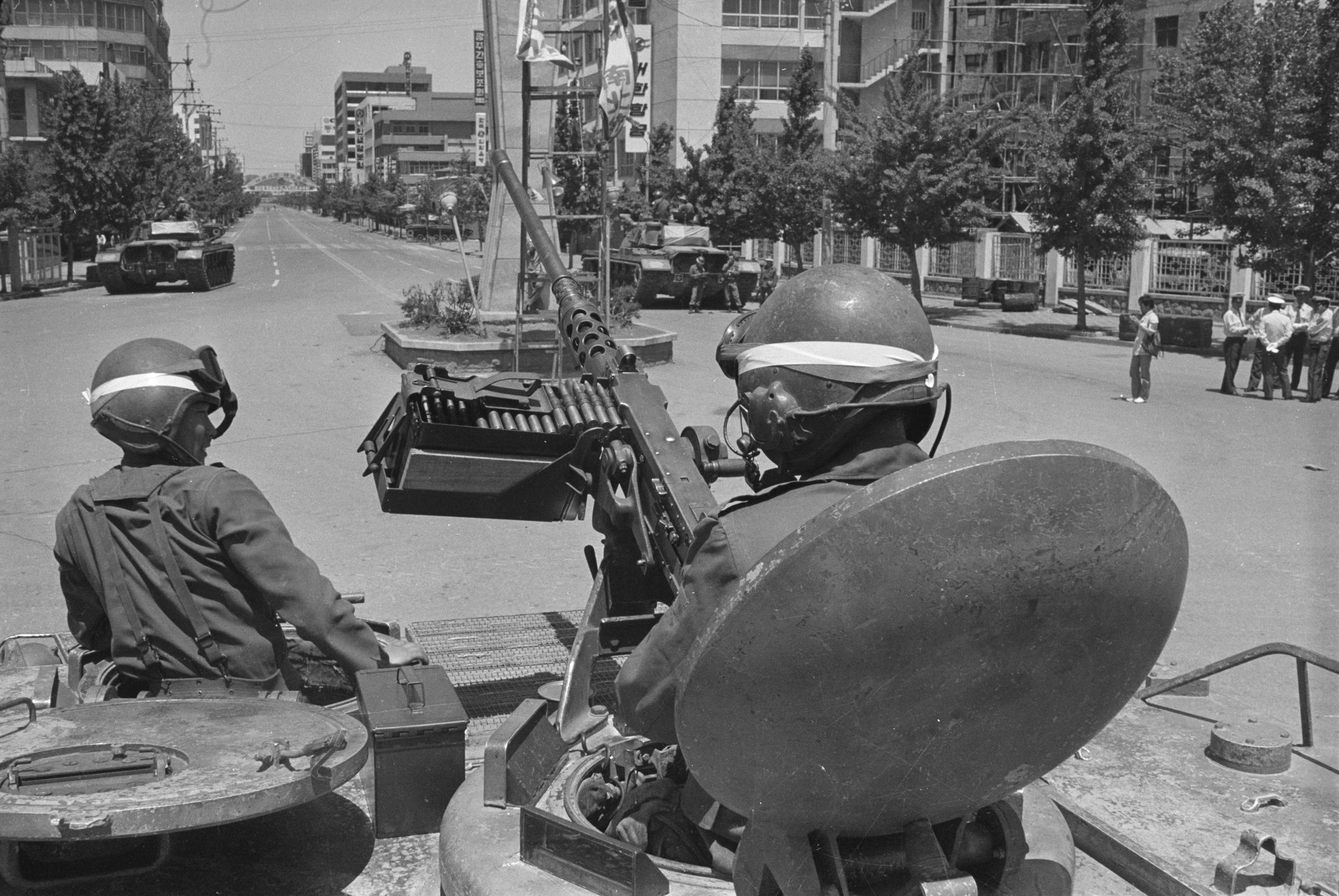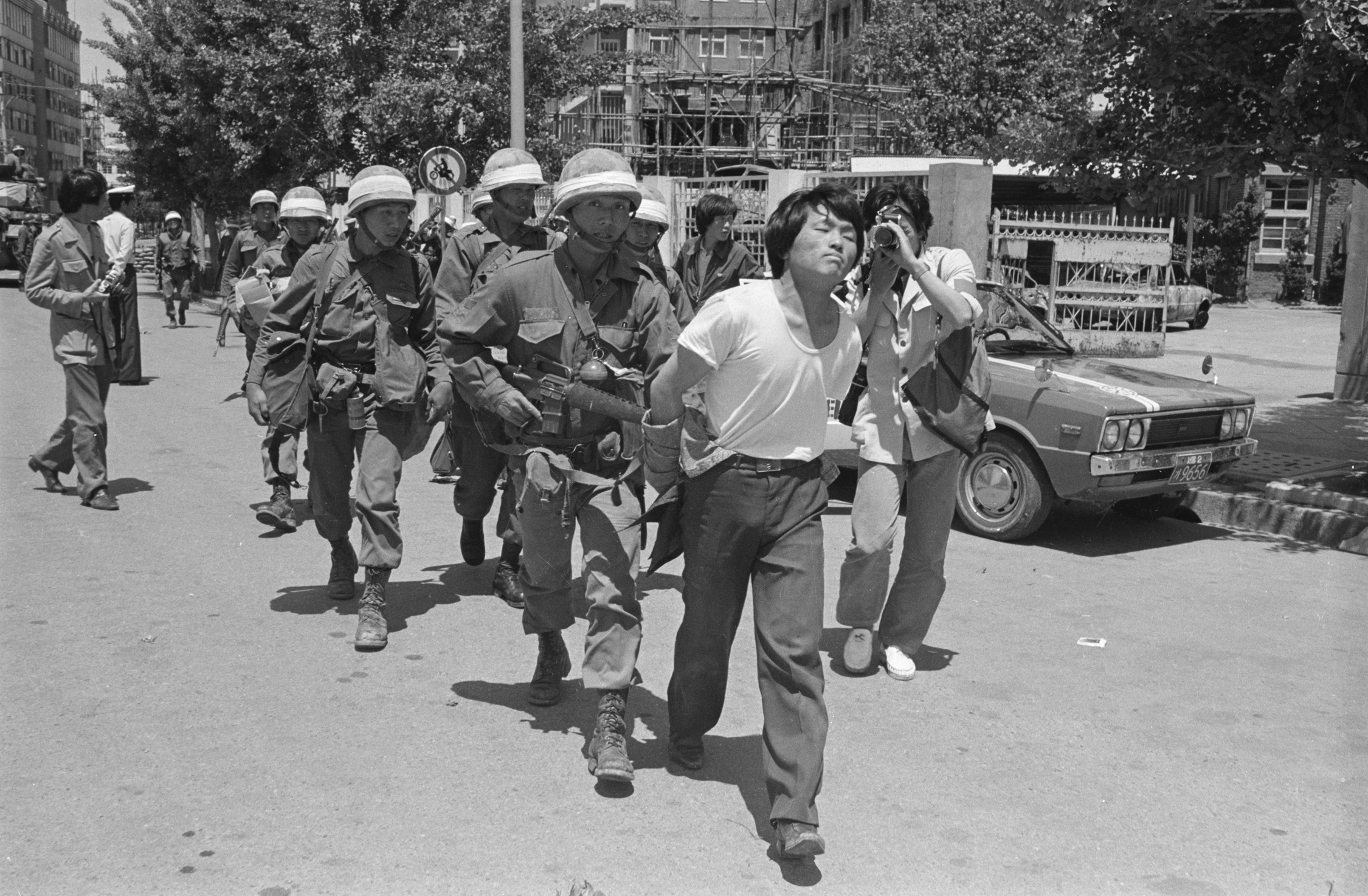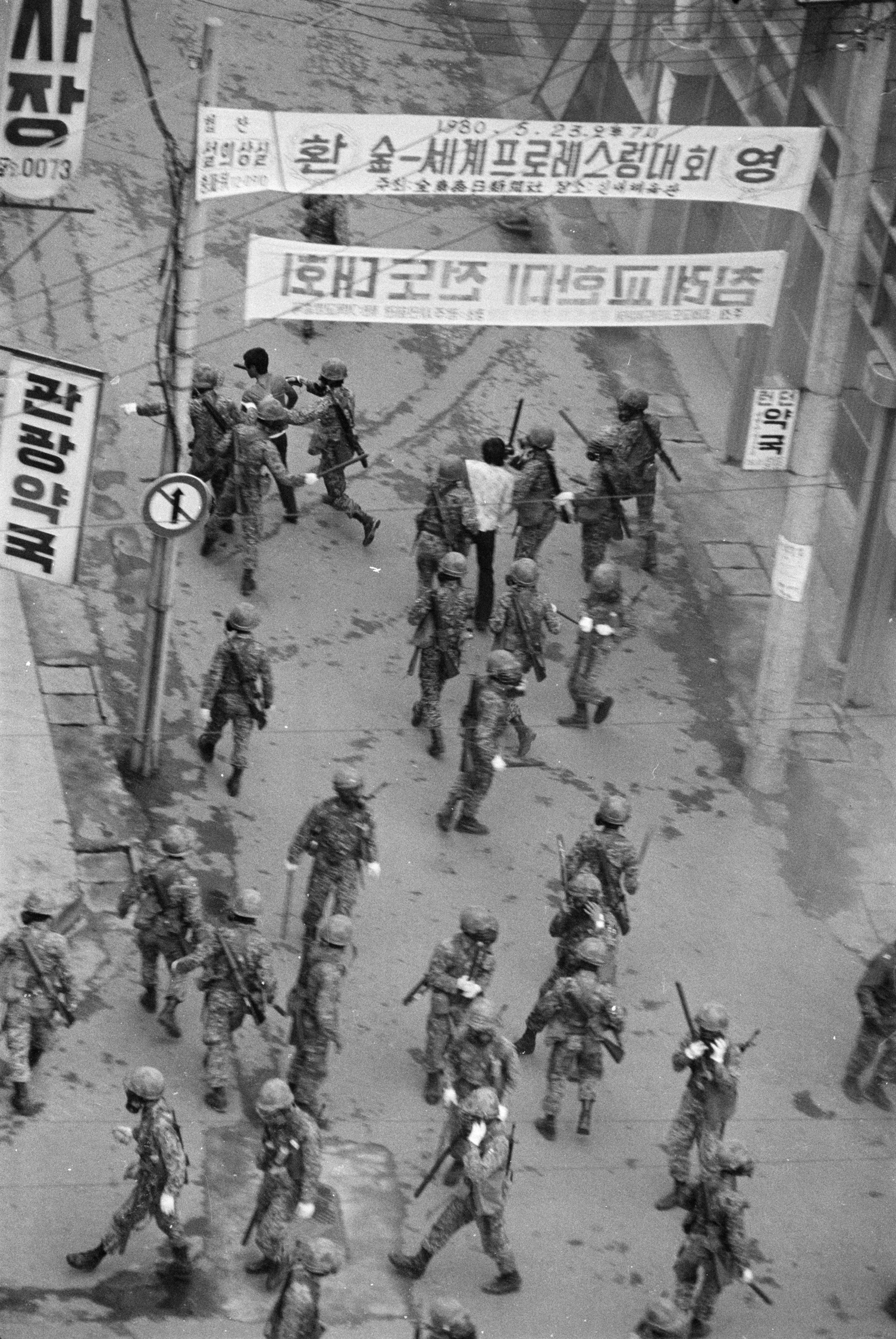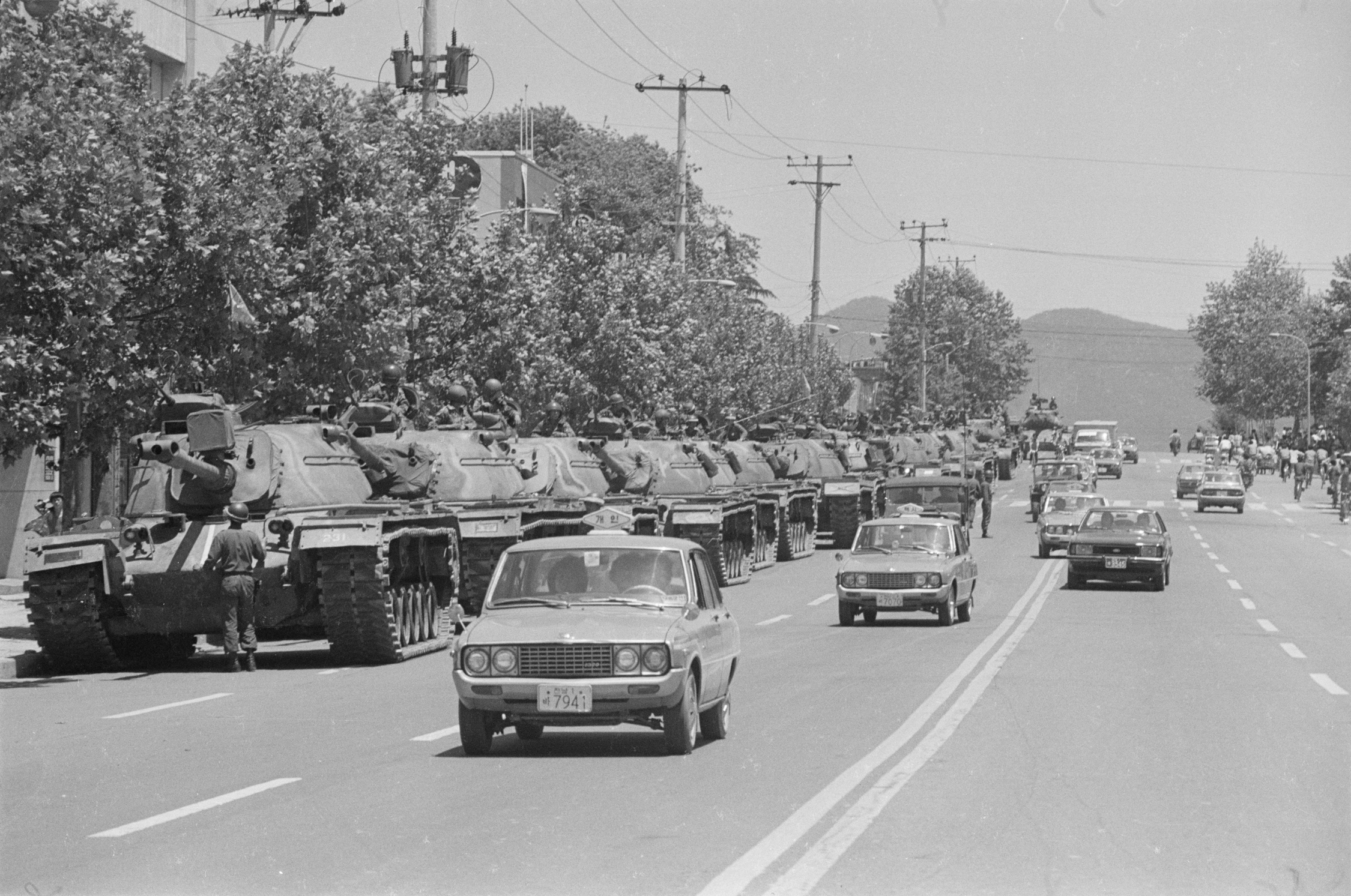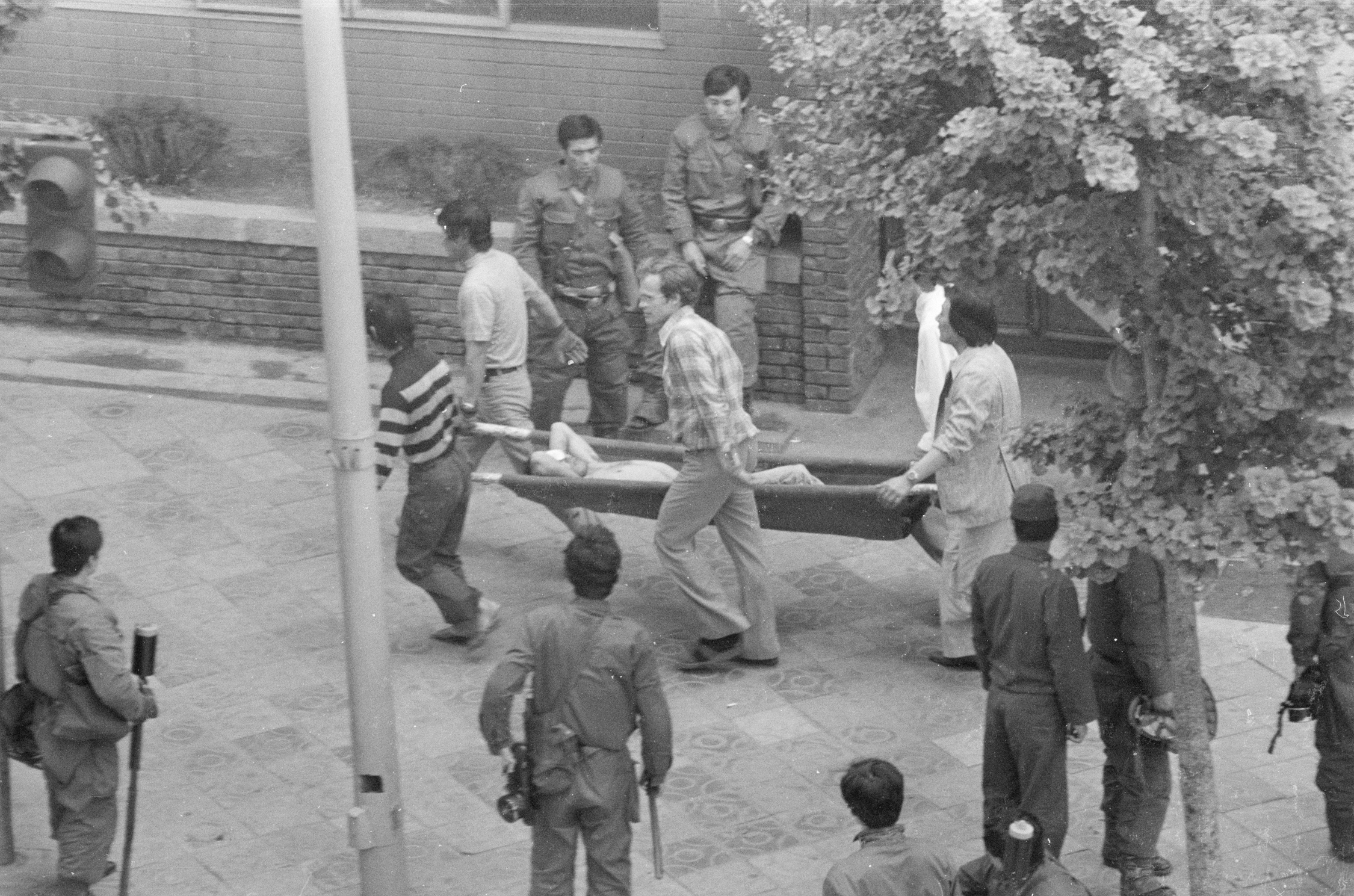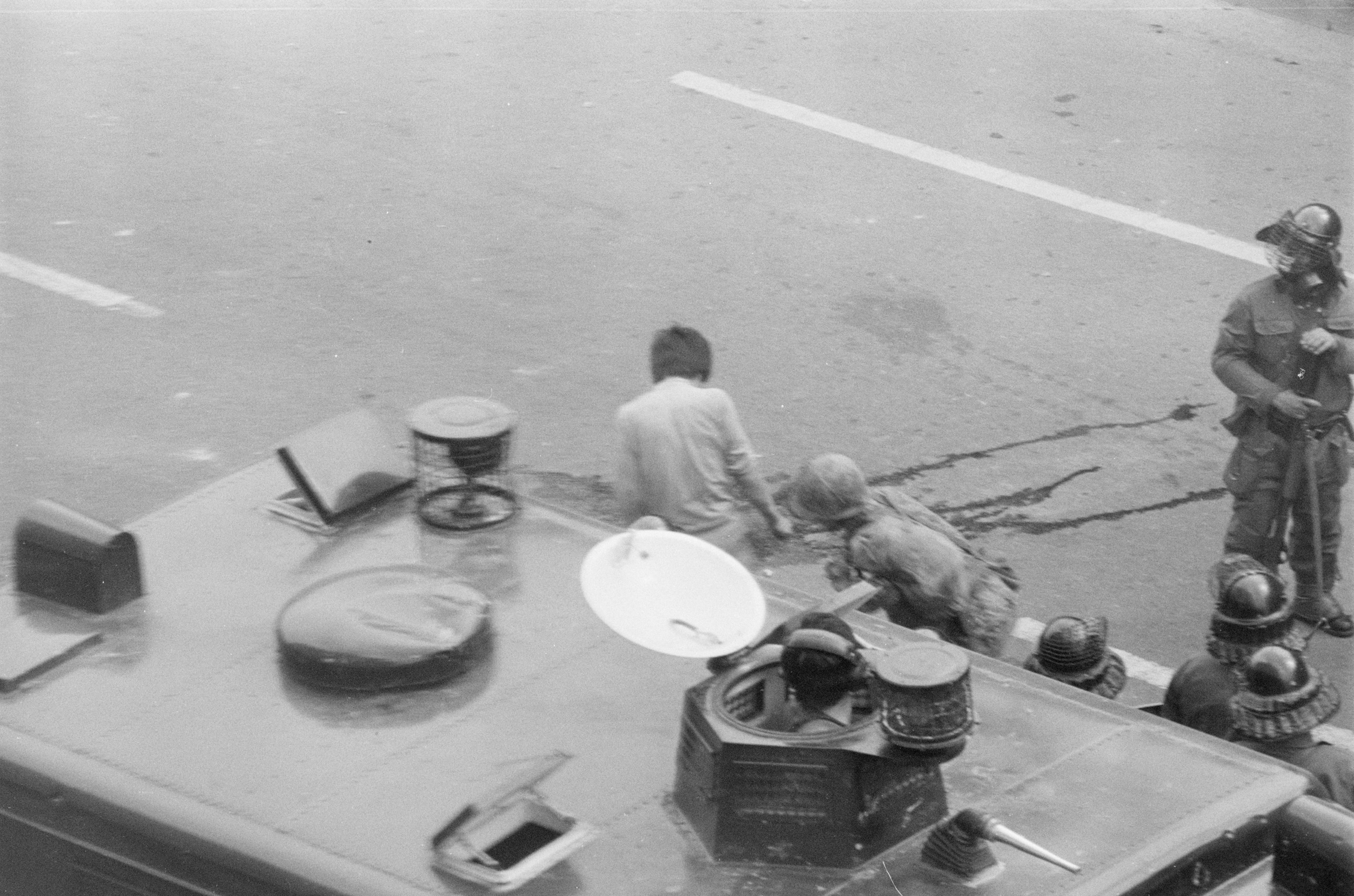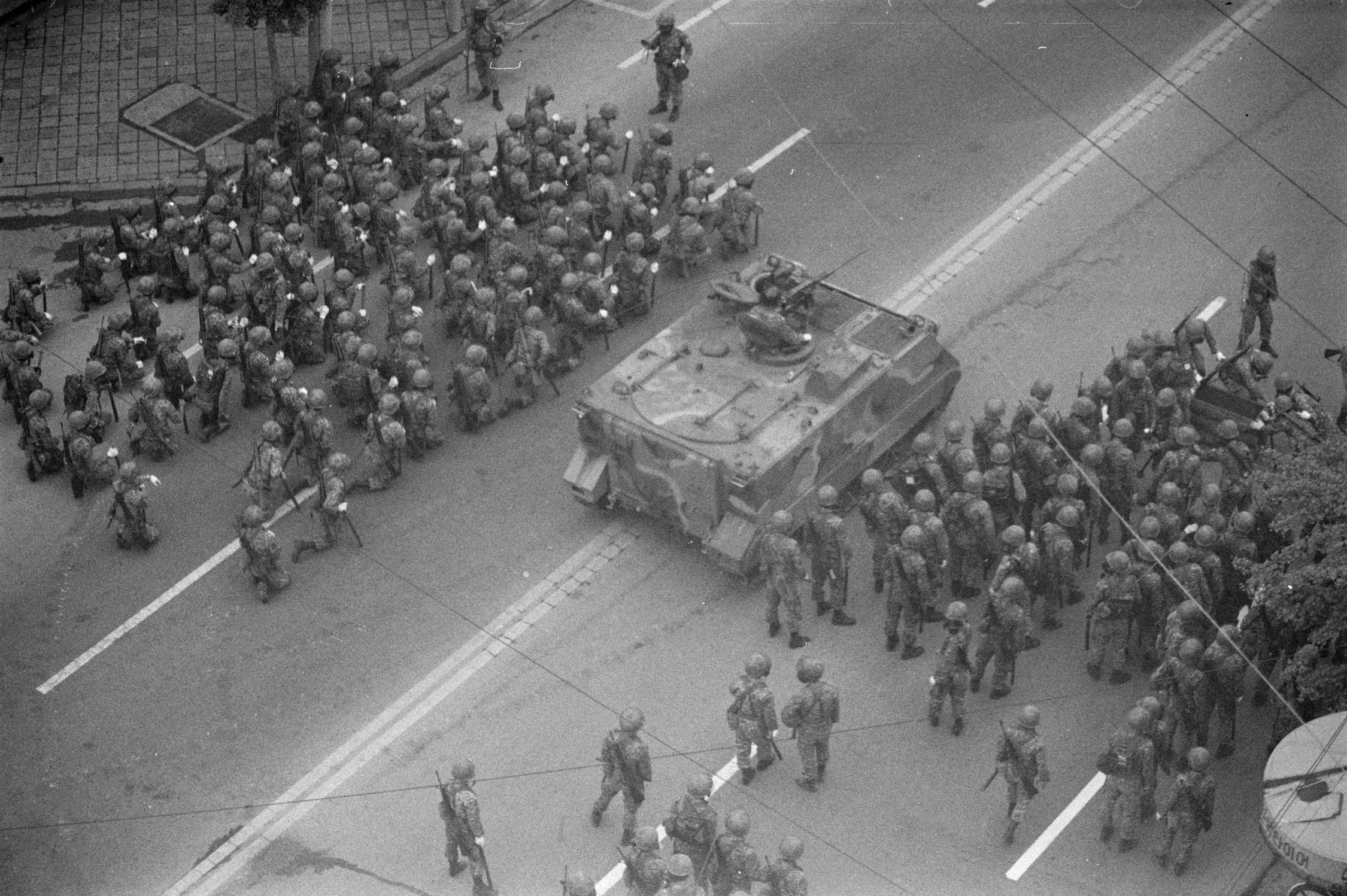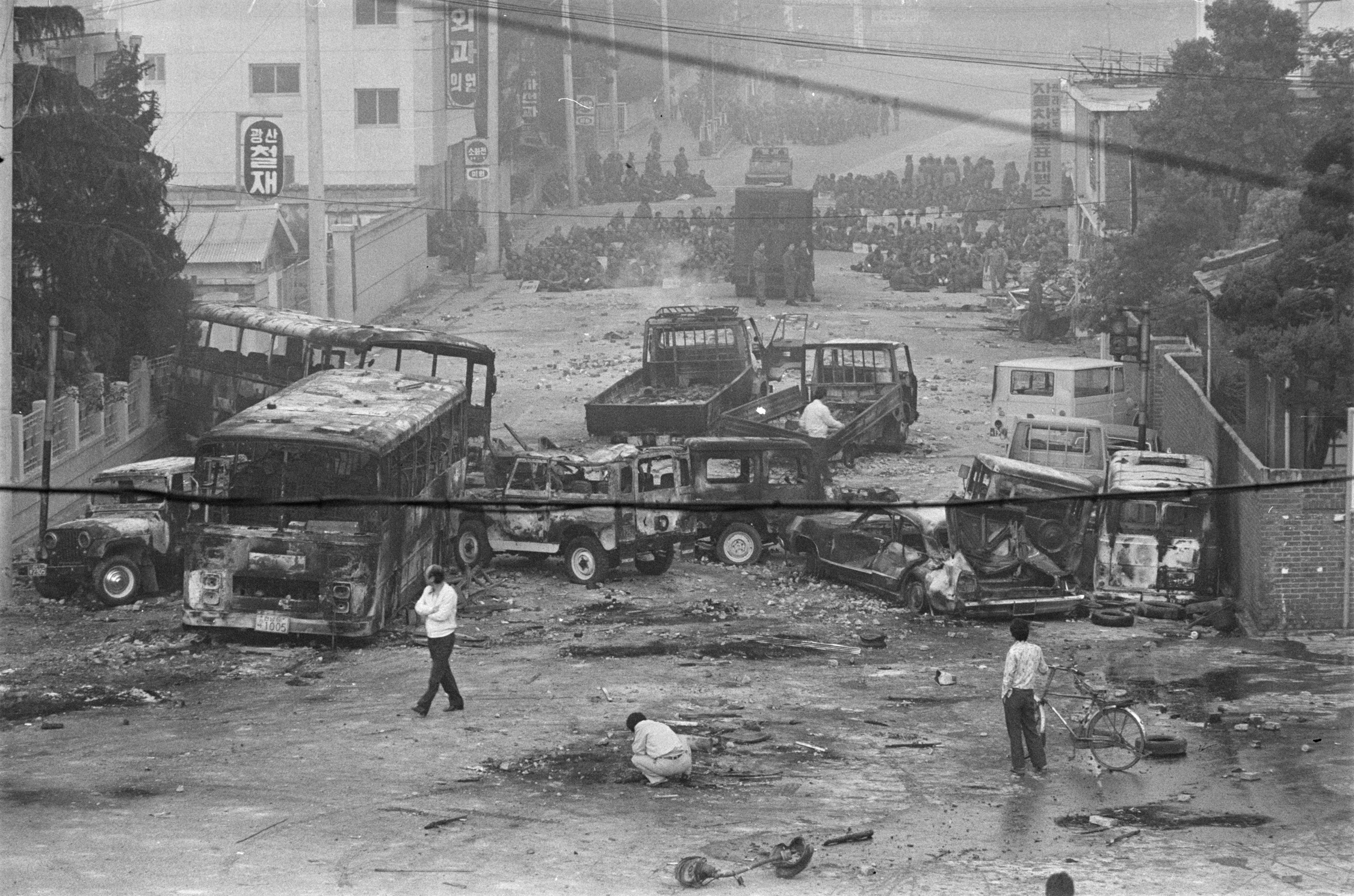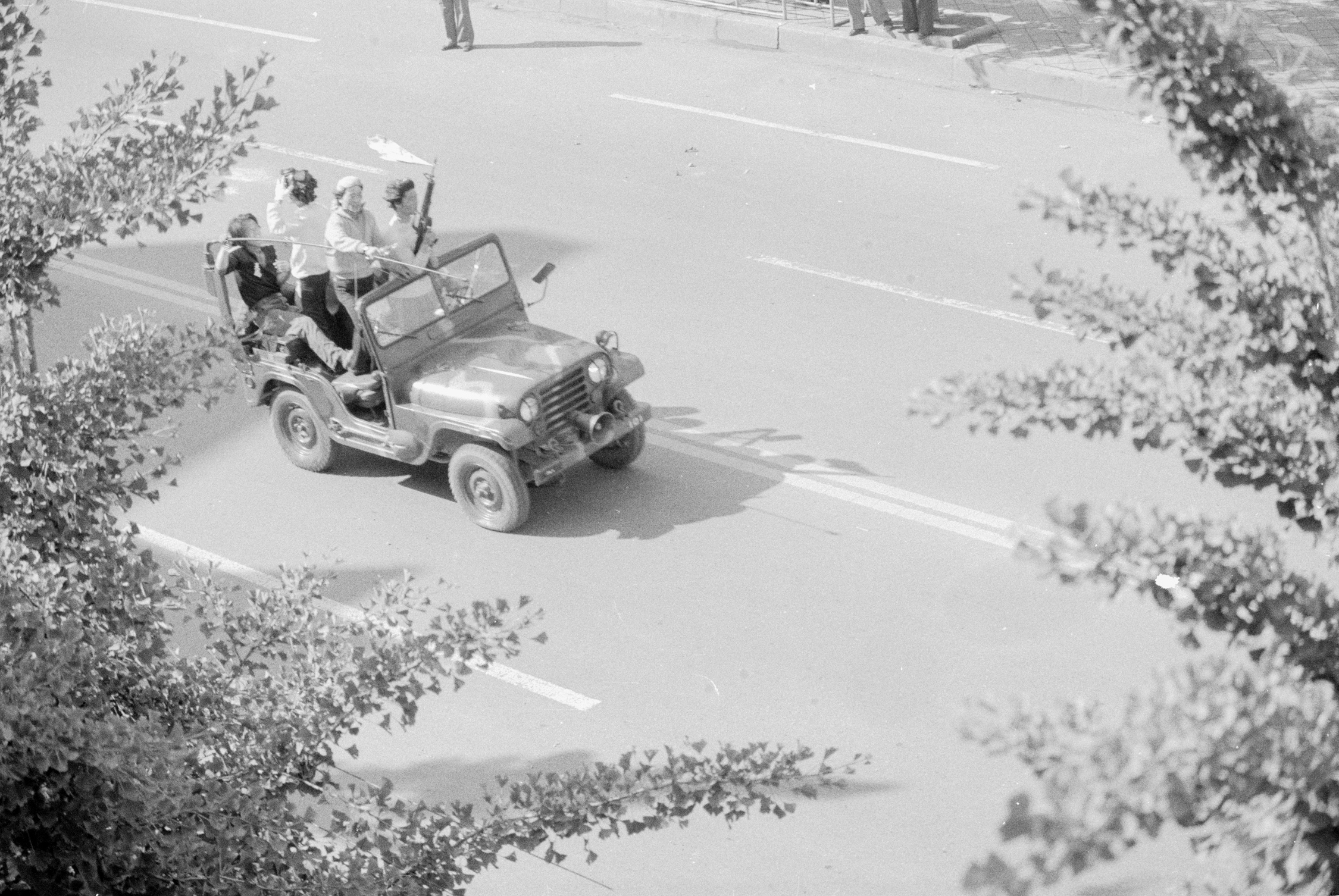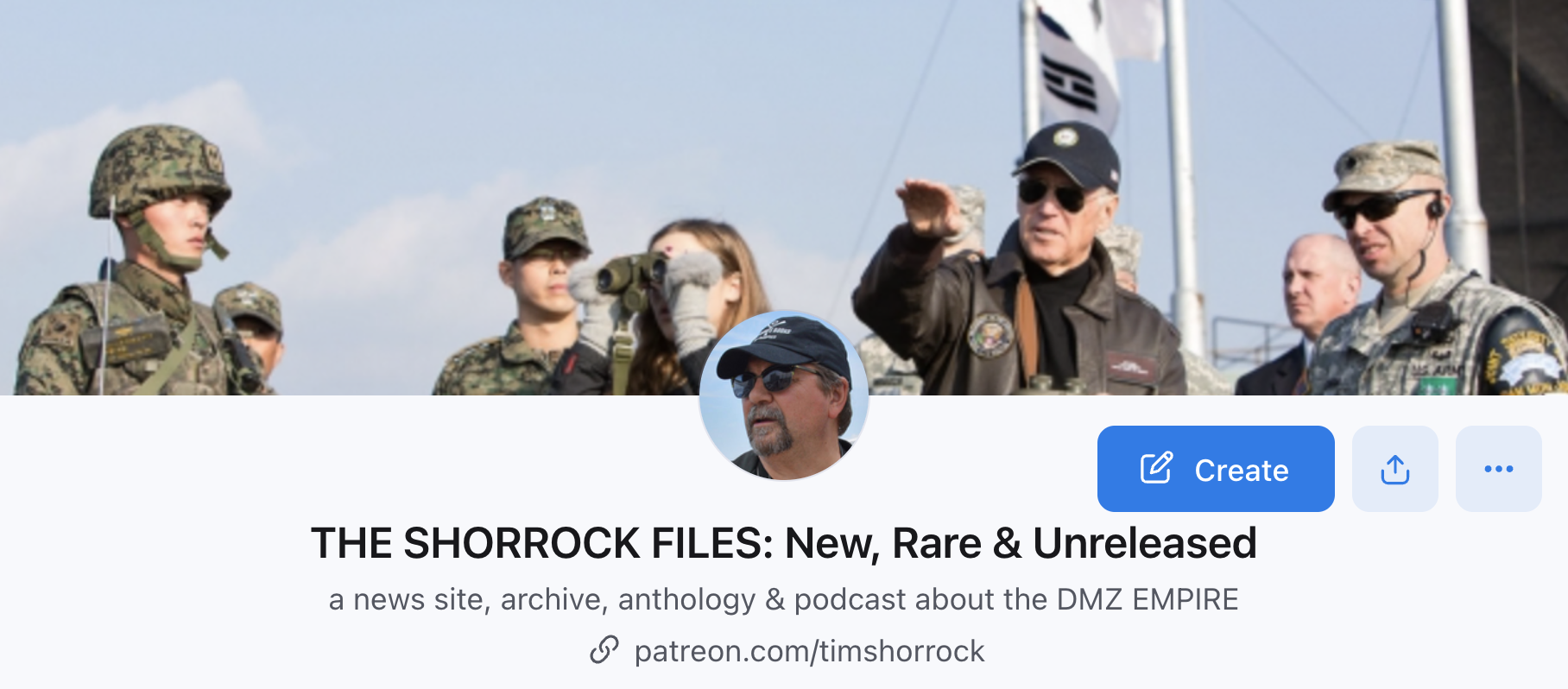May 18 marks the 40th anniversary of the Gwangju Massacre and Uprising, which shook the foundations of South Korea in 1980 and marked the beginning of the country’s long march towards democracy.
I’ve written extensively about Gwangju and the unfortunate background role played by the US military in South Korea during the uprising, when US commanders – backed by the President of the United States, Jimmy Carter – helped the leaders of the May 17 coup put down the citizens’ rebellion against martial law.
I won’t go into that story here. Instead, today we should remember the citizens of Gwangju who fought so hard for democracy and against military dictatorship with photographs of the first few days of the rebellion.
These rare pictures from May 18 were provided to me in 2015 by the Gwangju 5.18 Memorial Foundation, a government institution set up to honor the uprising and preserve its place in Korean history. They were taken by local photographers employed by two of the city’s newspapers. This collection depicts the first demonstrations protesting the imposition of martial law on May 17, 1980, at Chonnam University, the beautiful campus in Gwangju’s hills where I lived for two months last year. These were peaceful protests, but were met first by riot police, who tried and failed to keep the demonstrations inside the campus.
They were followed by paratroopers from two squads from South Korea’s elite Special Forces, On the afternoon of May 18th, the special forces began a ruthless attack on the demonstrators, kicking, beating and stabbing people who resisted. Seeing their young people treated so brutally, Gwangju citizens tried to intervene, only to be attacked themselves. By May 20, dozens of people had been killed and hundreds seriously injured. When taxi drivers taking victims to hospitals came under attack, they joined the protests, and were joined by bus drivers.
Soon the whole city was in an uproar of resistance. The worst violence, which later became known as the Gwangju Massacre, occurred on May 21, when the special forces opened fire with automatic weapons on huge crowds gathered in front of the Provincial Capital. At least 60 were killed and ove 400 injured in the onslaught. It was only after that happened that townspeople began collecting weapons from police stations in nearby towns and started shooting back at the martial law soldiers. On the night of the 21st, the Korean Army withdrew, and the city was held by the people. That is the spirit that is upheld today in ceremonies in Gwangju and throughout the country.
